Far Shore Merchants, brand owners of Peggy Dark Rum, are proud to announce their sponsorship of a new sidecar pairing at Team Founds Racing at the Isle of Man TT Races in 2024.

Running alongside reigning British F2 Sidecar Champions Pete Founds and Jevan Walmsley will be two-time time podium finisher Alan Founds, who is joined this year by his nephew Rhys Gibbons.
It will be a TT debut for Rhys, who is grandson to Des Founds, father of Pete and Alan, and who himself completed in 29 Isle of Man TT Races in the 1980s and 1990s.

“We jumped at the opportunity when approached by Team Founds to consider sponsorship of this winning sidecar team,” said Terry van Rhyn, MD of Far Shore Merchants Ltd.
“Apart from having a support team of rum-lovers with great taste, Team Founds epitomises the dedication and passion that is needed to be successful at an event like the TT.
“It’s remarkable that Rhys will be the third generation to face the famous 37.73 mile course and continue the amazing Founds’ family tradition. They have set their sights high and are confident of getting into the top 10 with their Team Founds Racing LCR Yamaha. We wish them all the best and will be cheering them on from the sidelines.”



Hannah Cheyne from Team Founds Racing, added, “We are delighted to have Peggy Dark Rum on board as a sponsor for the Isle of Man TT Races in 2024.
“For our team, rum isn’t just a drink; it’s part of a long-standing tradition that fuels the spirit of the team’s most ardent supporters – the wives, girlfriends, mothers and sisters – who watch anxiously from the Grandstand year after year. It has become customary for us to share a tot of rum before the lads set off down Bray Hill. So, for us, pairing with Peggy Rum couldn’t be more appropriate.”
Keep an eye out for race times on the TT Schedule.
Over the past three years, the white rum category in the United Kingdom and Europe has experienced a fascinating transformation, with premium craft white rums emerging as a significant trendsetter. Traditionally, white rum was associated with lower quality and priced accordingly. However, this perception has undergone a remarkable shift. Mixologists and bartenders are now seeking out premium white rums to elevate their cocktail creations. Today, it’s all about enhancing the flavour profile of cocktails with high-quality, premium white rums.

Premium quality white rum offers consumers a sophisticated drinking experience characterized by exceptional taste, craftsmanship, and versatility.
Premium unflavoured craft white rums have been on the rise, and many experts are comparing this trend to the premiumisation of tequila and vodka in recent years. Consumers are becoming more discerning, seeking out unique and high-quality spirits, and white rum is no exception to this trend.
The steady increase in sales and volume of white rum in the UK and Europe have shown steady growth. This growth can be attributed to several factors, including the rising popularity of premium craft white rums, an increase in cocktail culture, and a growing interest in high-quality spirits among consumers.

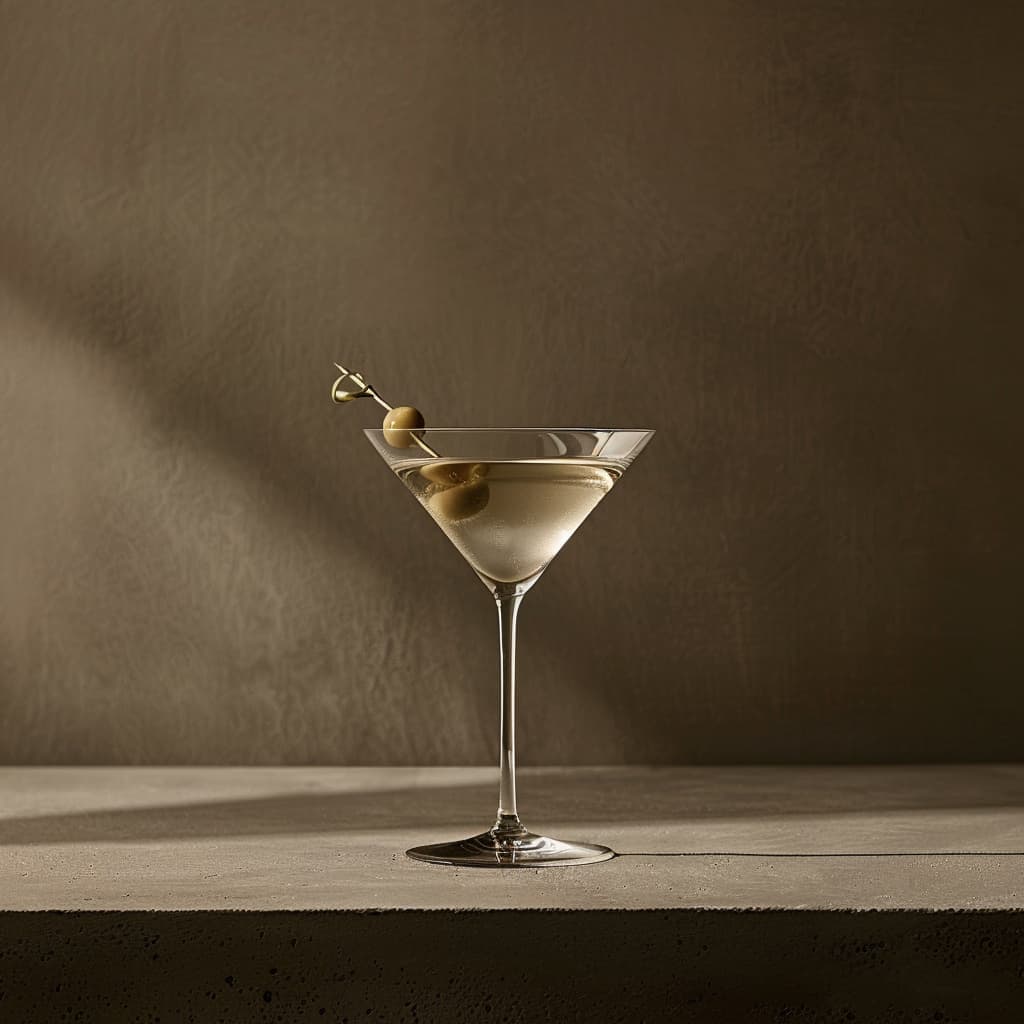
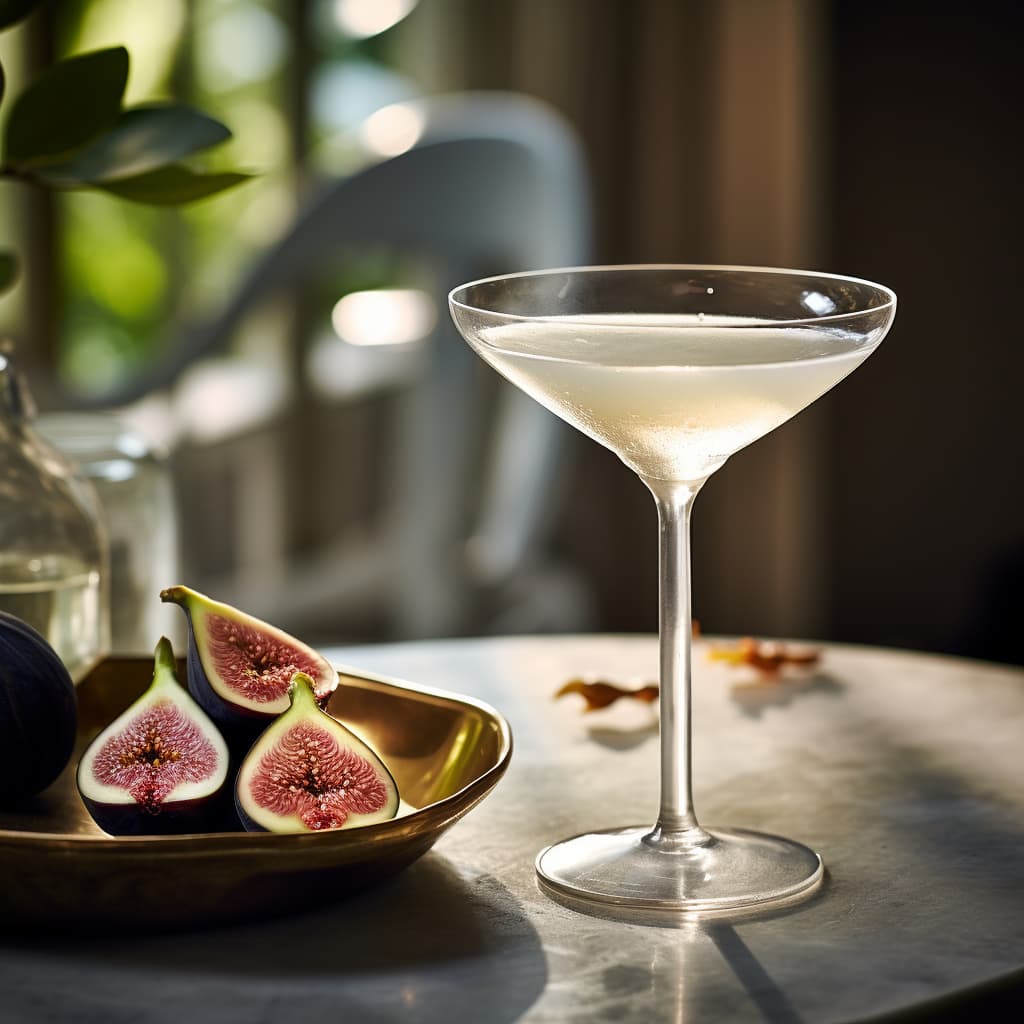
In addition, there has been a noticeable shift in consumer preferences towards premium white rums. As consumers become more adventurous with their drink choices, they are willing to explore new and exciting options, including premium craft white rums.
The ever-evolving cocktail culture has played a significant role in driving the demand for premium white rums. Mixologists and bartenders are constantly looking for new and innovative ways to elevate their cocktails, and premium white rum has become a staple ingredient in many modern cocktail recipes.
Looking ahead to the next five years, the future of the white rum category in the UK and EU looks promising, with this steady growth trend expected to continue. The rising demand for premium spirits is expected to continue growing as consumers become more discerning and adventurous with their drink choices.
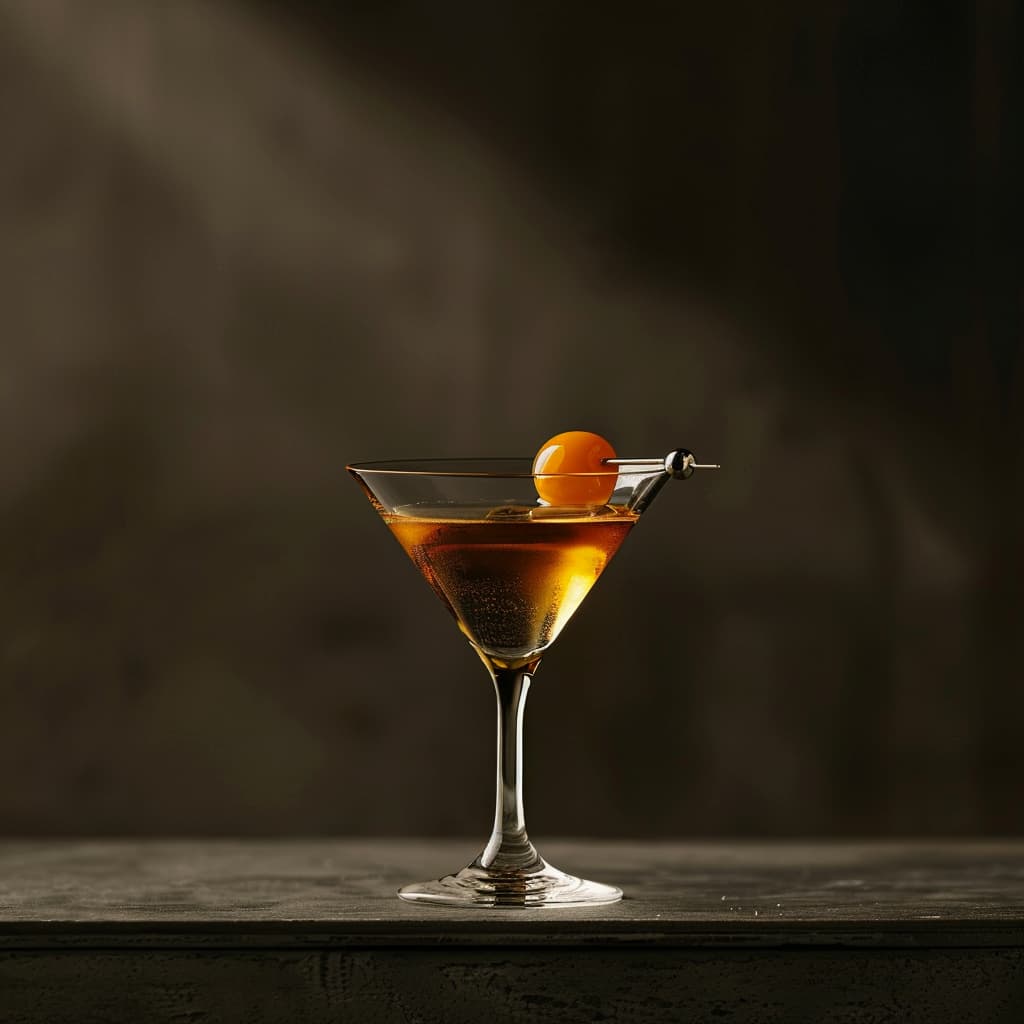
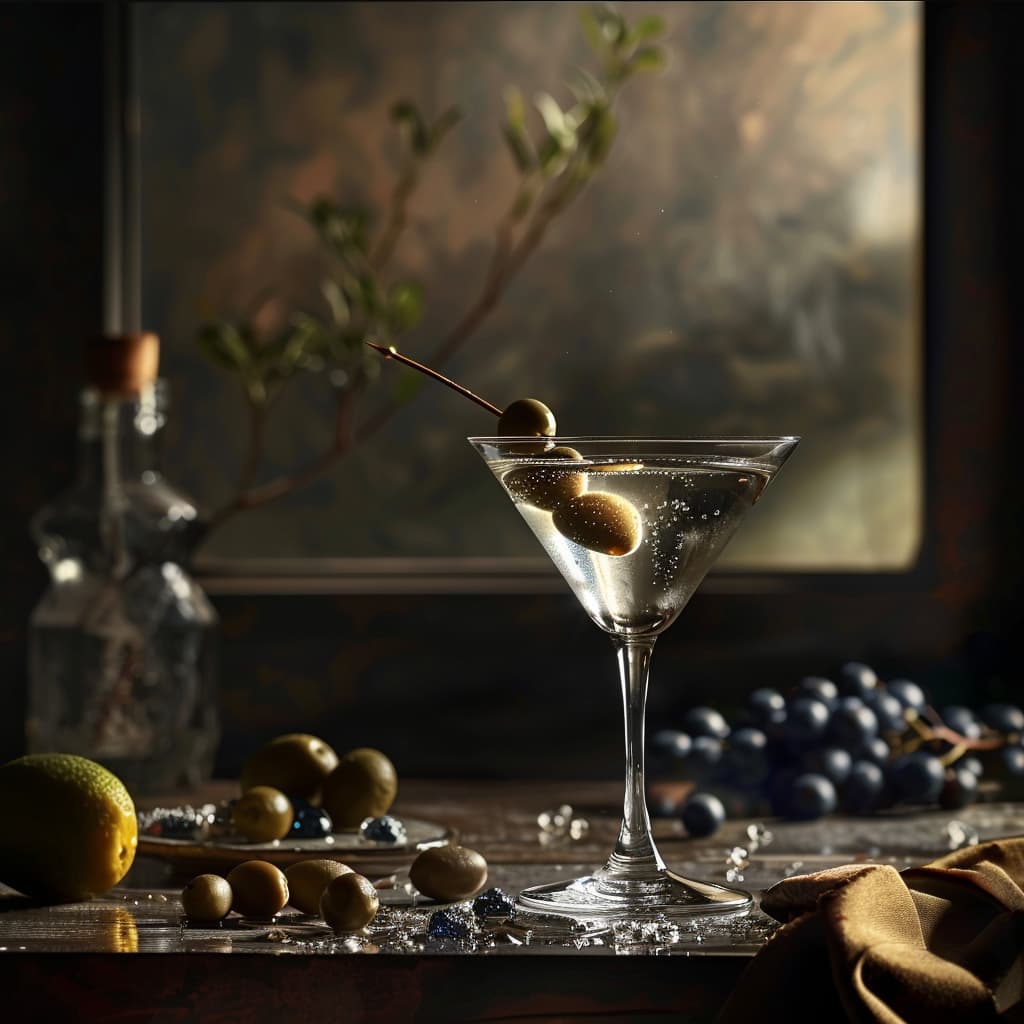
Pure, unflavoured premium white rum production is witnessing a wave of innovation, with distillers and producers experimenting with production techniques, and packaging formats to cater to changing consumer preferences. We will continue to probably see the expansion of the cocktail culture is expected to continue thriving, driving the demand for premium white rums as consumers seek out unique and exciting drink experiences.
Overall, premium quality white rum offers consumers a sophisticated and enjoyable drinking experience, with a complex flavour profile that is sure to please even the most discerning palate.
I believe that premium white rum is poised to become a staple in bars and households alike, following in the footsteps of premium vodka and tequila.
Premium white rum offers a complex flavour profile with notes of tropical fruits, vanilla, caramel, and oak, resulting in a rich and satisfying drinking experience. Craft distilleries will naturally lead the way and there are already sipping white rums on the market with complex flavour profiles that will accommodate all palates.
In the dimly lit ambiance of a modern cocktail bar, there’s an art form unfolding before our eyes. The clink of ice, the splash of spirits, and the flick of a skilled wrist – this is the world of mixology, where every drink is a masterpiece waiting to be savoured. Today, more than ever, mixologists are the maestros orchestrating this symphony of flavours, luring consumers into their bars with promises of unforgettable experiences.
A Sip Through History
To truly appreciate the modern cocktail, we must first take a journey back in time. Cocktails, with their roots entwined in the annals of history, have undergone a fascinating evolution. From the first crude mixtures of spirits, sugar, water, and bitters, to the elaborate concoctions of today, the cocktail has emerged as a symbol of sophistication and indulgence.
One cannot discuss cocktails without paying homage to the classics – the Old Fashioned, the Martini, the Manhattan – timeless creations that have stood the test of time. These drinks serve as the foundation upon which modern mixologists build their craft, drawing inspiration from the past while embracing innovation.
Image 1,2,3



The Rise of the Mixologist
In an era where experiences reign supreme, mixologists have become the architects of memorable nights out. With an arsenal of techniques and a deep understanding of flavour profiles, these skilled artisans transform simple ingredients into liquid works of art. They are not merely bartenders; they are storytellers, weaving narratives with each pour and garnish.
Today’s consumers crave more than just a drink – they seek an experience. They want to be transported to distant lands with exotic flavours, tantalizing aromas, and stunning presentations. Mixologists rise to this challenge, pushing the boundaries of creativity to deliver cocktails that are as visually stunning as they are delicious.


At Home with Cocktails
But the allure of cocktails extends beyond the confines of the bar. With the rise of home bartending, enthusiasts are embracing the art of cocktail making like never before. Armed with shakers, muddlers, and a thirst for adventure, amateur mixologists are exploring new flavours and techniques from the comfort of their kitchens and home bars
So, what drives this trend? It’s a combination of factors – the desire for social connection, the thrill of experimentation, and the accessibility of information. Thanks to the internet, aspiring mixologists have a wealth of resources at their fingertips, from cocktail blogs to video tutorials. And as they hone their skills, they discover a newfound appreciation for the craftsmanship behind every cocktail.

Rum: The Spirit of Adventure
In this renaissance of mixology, one spirit reigns supreme – rum. Long overshadowed by its counterparts, whisky and vodka, rum is experiencing a resurgence in popularity, thanks in part to its versatility and rich history. From the sugarcane fields of the Caribbean to the bustling streets of Havana, rum carries with it a sense of adventure and romance.
Mixologists are seizing upon this trend, incorporating rum into classic cocktail recipes with delightful results. Whether replacing whisky in an Old Fashioned or adding a tropical twist to a Moscow Mule, rum brings a depth of flavour and complexity that elevates any drink. With each sip, drinkers are transported to sun-drenched beaches and vibrant street markets, embarking on a journey of discovery.
In the ever-evolving world of cocktails, mixologists are the guiding lights, illuminating the path to unforgettable experiences. From the storied classics to bold innovations, every drink tells a story – of craftsmanship, of adventure, of joy. So, the next time you step into a cocktail bar or reach for a shaker at home, remember the artistry behind every pour and raise your glass to the magical world of mixology. Cheers!



Jackdaw Cave Spiced Rum is now available to the Belgium market after an exciting launch at an exclusive trade event at the prestigious Blauwhuis Castle in West Flanders.

Hundreds of bar and restaurant owners from across the country attended the “The Cocktail Club” two-day event which took place in late October. A showcase for new standout drinks to the industry, it was presented by the very dynamic Hendrik Wostyn, CEO of Districo, who was inspired by London’s private membership clubs such as The Arts Club and Annabel’s as well as cocktail bars like Bassoon’s Bar in The Corinthia, The American Bar in the Savoy, Artisan Bar in the Langham, and The Painters Room in Claridges.
Far Shore Merchants was represented by master mixologist Nadia van Laere, who produced an amazing range of cocktails using Jackdaw Cave Spiced Rum for guests to sample. Attendees also had the opportunity to learn about the origins of the brand and its link to the cultural history of the Isle of Man.
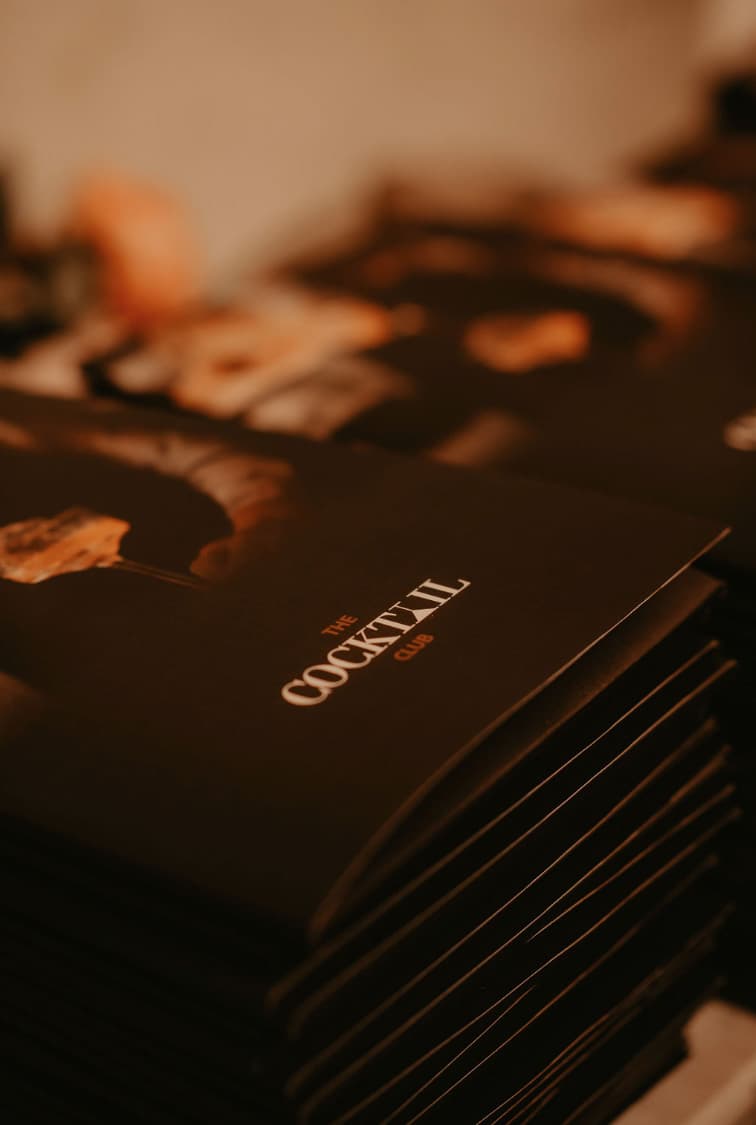

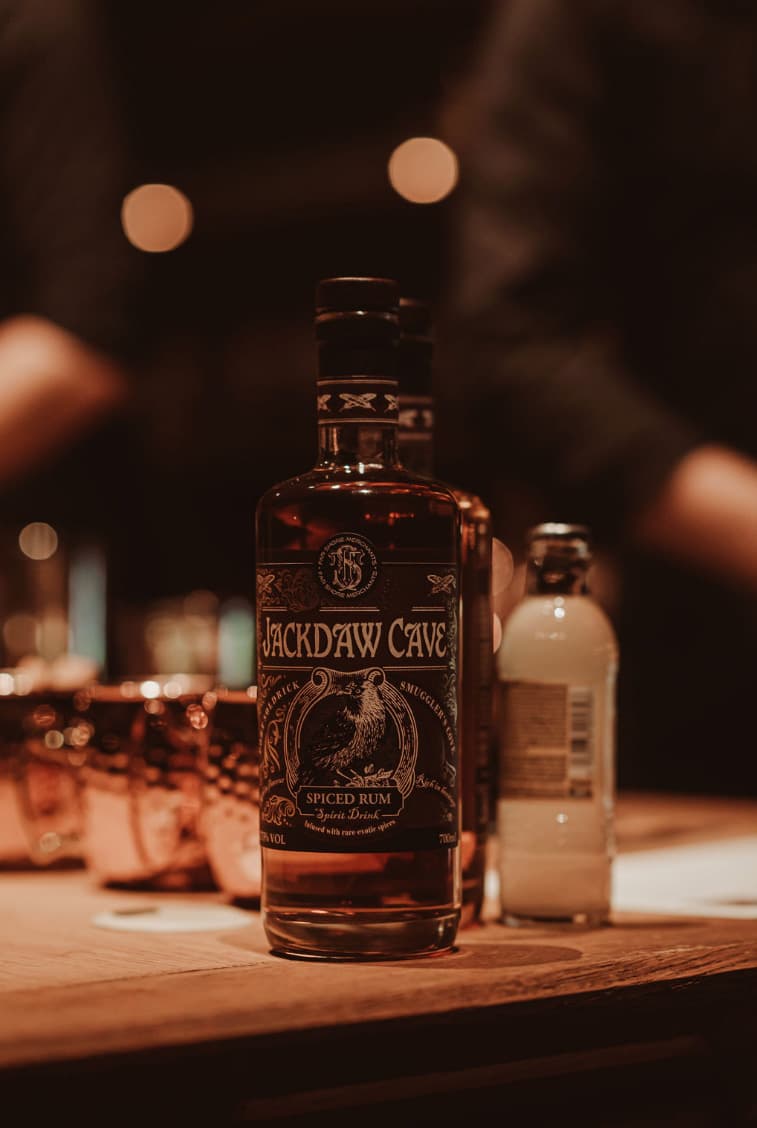
“The event was a huge success with lots of visitors and a great vibe,” said Nadia. “The Rum Room” was by far the most popular of the event and it was a pleasure to introduce so many people to the delights of Jackdaw Cave Spiced Rum and demonstrate its versatility for mixologists and creative cocktail combinations.”
Managing Director of Far Shore Merchants, Terry van Rhyn, added, “It was truly encouraging to work with professionals like Hendrik from Districo and Nadia on this impressive launch event. We look forward to collaborating on future promotional events like this to help further establish our brands in Belgium.”


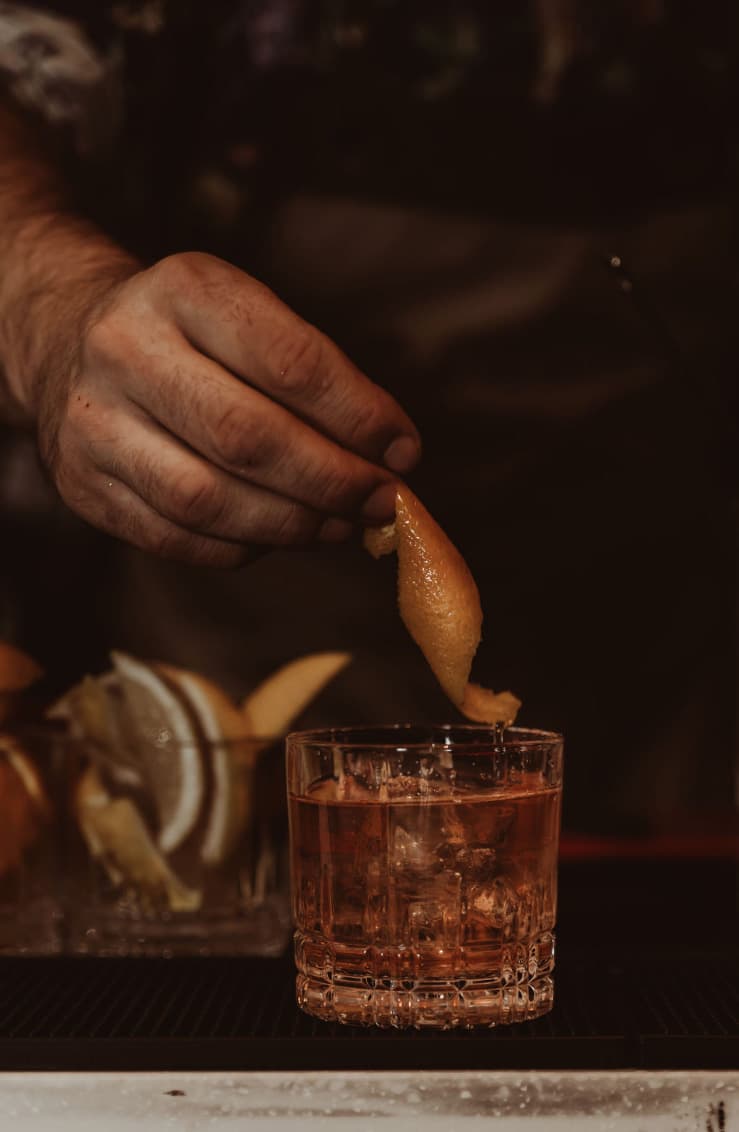
The craft cocktail movement has led to a renewed appreciation for quality spirits and creative mixology, with rum taking centre stage in innovative libations. The recent rise of artisanal distilleries has brought a wave of small-batch rums to the market, each with its own unique character and provenance. At the same time, the desire for authentic and exotic experiences has led consumers to seek out rums from around the world, immersing themselves in the cultures and traditions that produce this liquid gold.

So let’s explore the provocative world of rum, where every sip is a voyage to exotic destinations, brimming with rich flavours and centuries-old traditions. Whether you’re a seasoned rum connoisseur or a novice exploring this delightful spirit for the first time, rum tasting is quite distinctive from wine or whisky tastings.

Dark Rum: A Toast to Complexity
Dark rums are known for their deep, robust flavours and complex profiles. They often hail from the Caribbean, where the humid climate and centuries of craftsmanship create the perfect conditions for ageing in oak barrels. The result is a rich, mahogany elixir that tantalizes the senses with notes of molasses, toffee, and a hint of spice.
When savouring a fine dark rum, consider the region it hails from. For example, Jamaican dark rum is celebrated for its bold, funky character, while Cuban dark rum leans towards a drier, more elegant profile. Trinidad and Tobago, on the other hand, brings us dark rums with a sweet, smoky twist. Exploring these regional differences is like a treasure hunt for your taste buds.
Let us not forget, however, about the exciting new trend of British craft rum, that’s offering a delightful alternative to traditional Caribbean sources. Whilst celebrating the rich history of rum, UK distillers are fearless in pushing the boundaries by infusing it with the distinctive character of the British Isles.

White Rum: The Versatile Voyager
White rum, often referred to as silver or light rum, is the playful and versatile sibling of the rum family. Made from molasses or sugarcane juice, it’s typically aged for a shorter period or not at all, resulting in a crystal-clear liquid that’s perfect for mixing cocktails. White rum forms the backbone of classic cocktails like the Daiquiri and Mojito, where its smooth and slightly sweet character shines.
Different regions give birth to unique white rums. Puerto Rico produces a clean, crisp option, while Cuban white rum boasts a subtle sweetness and a hint of vanilla. Brazilian cachaça, a close relative of white rum, adds a zesty, vegetal flair to your cocktails. With white rum, the world is your cocktail shaker – mix, match, and explore the endless possibilities.
Here, too, some British rum distillers are producing super-premium white rum with delicate and complex flavour profiles. As a result, there is most definitely a trend developing towards giving white rum its rightful place amongst the other trendy white sipping spirits such as Tequila and Vodka.
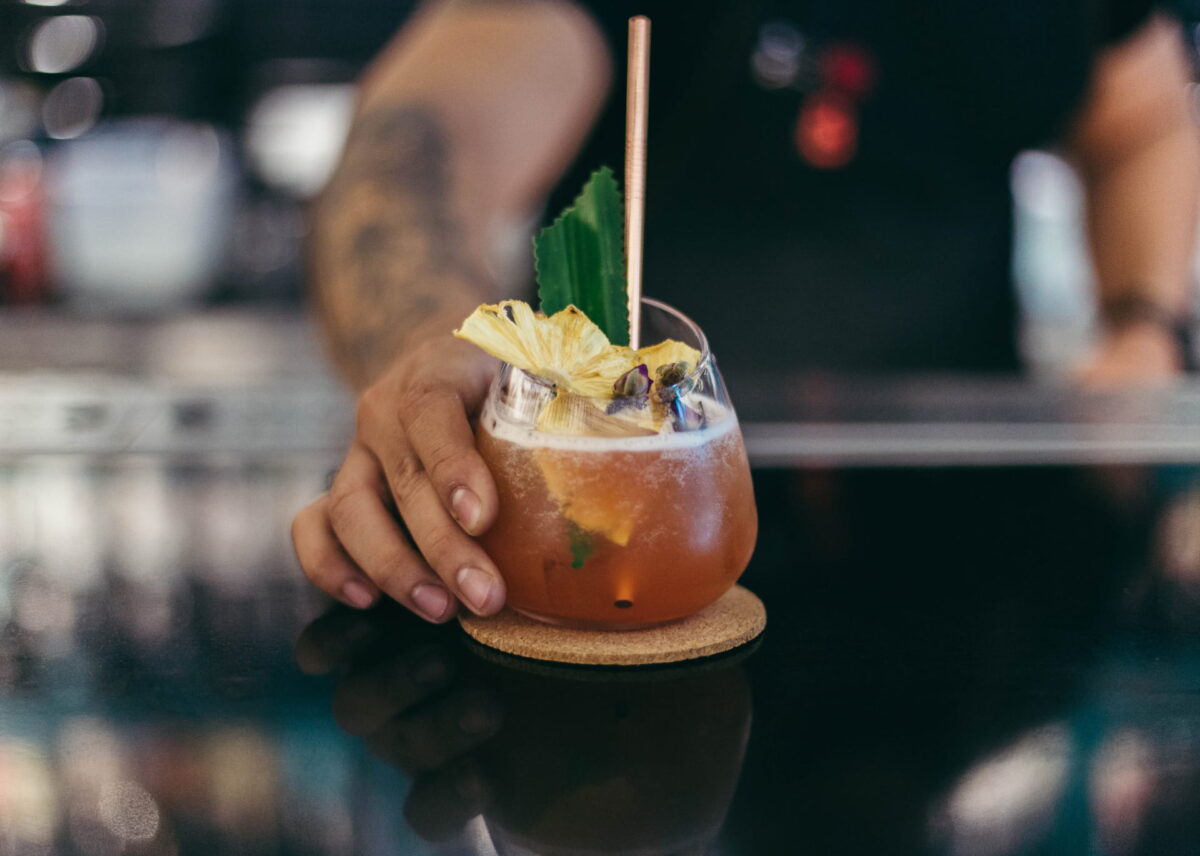
Spiced Rum: A Symphony of Flavours
Let us venture into the world of spiced rum, where every bottle tells a story. Crafted by infusing a blend of spices and botanicals, spiced rum takes us on a culinary journey that’s as varied as the spices themselves. The warmth of cinnamon, the zing of ginger, and the allure of vanilla: blended together, they create a delicate balance of flavours and aromas.
Caribbean spiced rums often incorporate tropical spices like allspice and nutmeg, while American varieties may take on a more pronounced vanilla and caramel profile. What’s truly exciting about spiced rum is its versatility. It can be sipped neat, served over ice, or mixed into your favourite cocktails. And let’s not forget its role in the revival of the classic Tiki cocktail movement – a true testament to its enduring appeal.

British spiced rum distillers have been experimenting with a wide range of botanicals and ageing techniques. They often introduce local plants along with tropical fruits combined with interesting blends of spices such as coffee, nutmeg, cassia, etc.
Whether you prefer dark, white or spiced rum – it is more than just a drink: it’s an adventure waiting to happen. From the dark and mysterious depths to the light and carefree shores, there’s a rum for every occasion and palate. So let us raise a glass and a toast to the world’s finest rums, and let your taste buds set sail to discover new and exciting flavours.
Far Shore Merchants is taking its first step into continental Europe with the award-winning Jackdaw Cave Spiced Rum brand, which is now being imported into Belgium by Districo.
Attracted by Jackdaw’s delicate but complex flavour profile and the brand’s fascinating backstory, Districo will also feature the rum in a new product showcase “The Cocktail Club” in October 2023 at a prestigious and exclusive event for their member base.
“The moment we tasted Jackdaw Cave, we knew it would blend perfectly with one of our popular Franklin & Sons mixers in our portfolio, but we are also all agreed that it can be enjoyed on the rocks as a sipping rum,” says Hendrik Wostyn, Districo CEO.
Districo has a unique cooperative business structure and is set up as a centralised buying group for a number of independent on-consumption outlets across Belgium. This structure allows the brands in their portfolio to benefit from a broad and loyal distribution network.
Far Shore Merchants founder and Managing Director Terry van Rhyn said, “As expected, the export process to the EU is more complex after Brexit, but we have worked very closely with the importer in Belgium to help smooth out any wrinkles along the way.
“We recognise that consumer taste profiles tend to vary in each region around the world, but when a product has been created with such delicate and balanced flavour it will naturally have universal appeal. For our Jackdaw Cave premium spiced rum, it all comes down to the ingredients and achieving the important balanced tasting notes during the distillation and blending process.
“Our head distiller, Tom Read, is a true alchemist, producing these subtle nuances by distilling the molasses from scratch and crafting an exceptional blend of spices that gives Jackdaw Cave its uncompromising taste.”
Ah, the sweet nectar of sugarcane! It has given rise to two delightful spirits that have captivated the taste buds of enthusiasts worldwide – rum and cachaça.
But have you ever wondered what sets these two apart? Join me on an expedition to explore the differences between rum distilled from molasses and cachaça distilled from sugarcane juice, and how their unique characteristics have led to distinct category names and spirited cocktails.

First things first – what’s in a name? Rum, the beloved spirit we know and love, is typically distilled from molasses, a by-product of sugar production. On the other hand, cachaça, the spirit with a Brazilian soul, is distilled directly from fresh sugarcane juice. It’s all in the ingredients!
Now, let’s talk flavours. Rum, with its rich and complex character, boasts a range of tastes, from smooth and caramel notes to spiced and oak-infused delights. It’s like a treasure trove of flavours, with each sip taking you on a journey through the Caribbean and beyond.
On the flip side, cachaça flaunts a fresh and vibrant profile, a reflection of its direct connection to sugarcane. It’s like sipping on the essence of Brazil, with grassy and herbal undertones transporting you straight to the lush green fields of the country.
But enough about their differences; let’s talk cocktails! When it comes to rum, you might think of classic favourites like the Daiquiri, the Mojito, or the Piña Colada – tropical delights that whisk you away to paradise with every sip. But cachaça has a few tricks up its sleeve too!
The famous Caipirinha is the star cocktail of cachaça, a refreshing blend of muddled limes, sugar, and plenty of crushed ice. It’s a zesty and vibrant concoction that embodies the Brazilian spirit and makes you feel like dancing the samba on the beach!
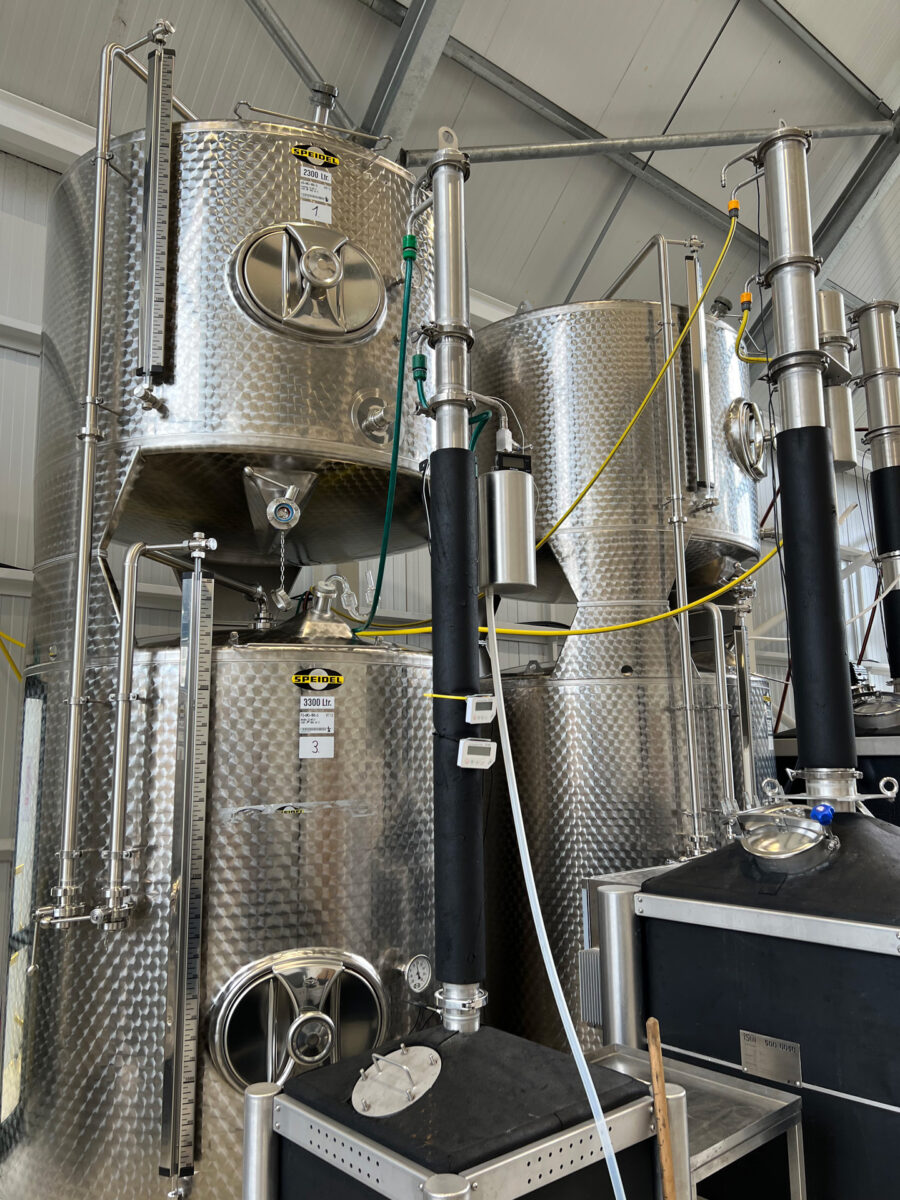
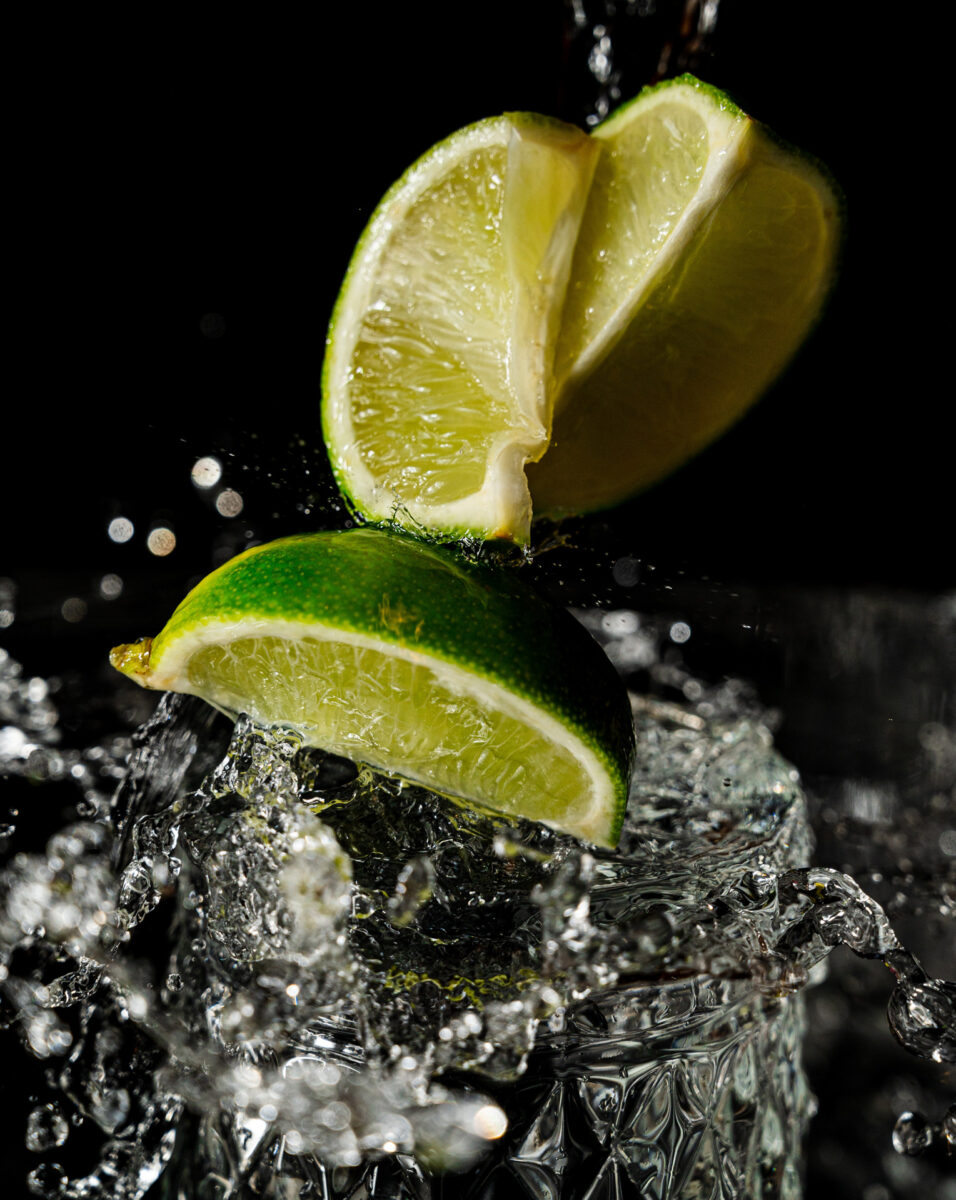
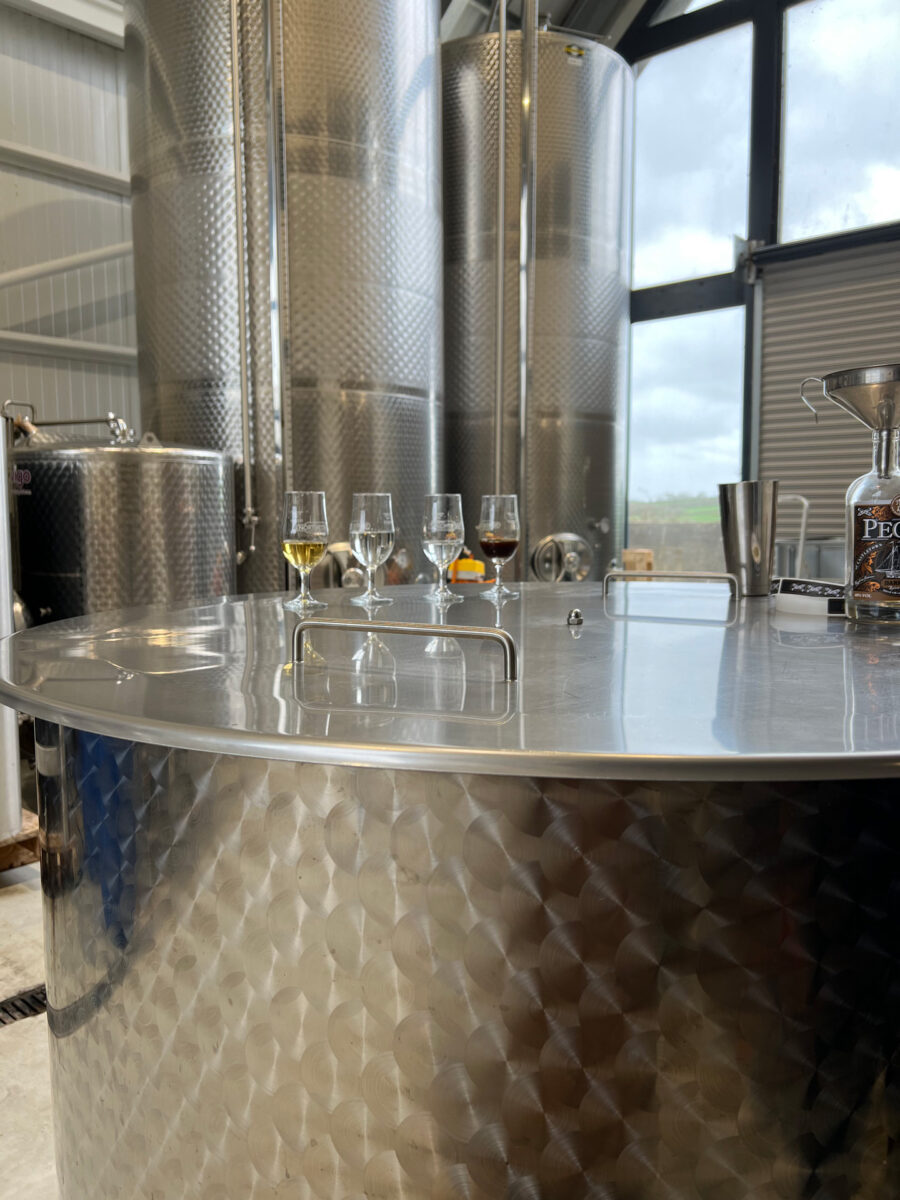
I’ve mentioned Brazil many times and that is predominately where cachaça comes from. It’s the national spirit, beloved by locals and embraced by visitors alike: when you’re there, you can’t help but fall in love with its lively energy. From beachside bars to bustling city squares, the spirit is a central part of the country’s social scene and joyous celebrations.
So, there you go – rum and cachaça may share their roots in sugarcane, but they’ve evolved into two distinctive spirits with their own unique identities. Rum, wherever it is made, offers a tapestry of flavours, while cachaça, the spirited Brazilian soul, captures the essence of a nation. Each dances to the beat of its own delightful tune!
If there’s one spirit that knows how to stand out from the crowd, it’s rum! From the Caribbean to the corners of the world, rum has made a name for itself as the lively and charismatic cousin of the spirits family.
But what makes rum so different from its counterparts, like whisky, vodka, and gin? Well, grab your cocktail shaker and let’s embark on a light-hearted exploration of why rum is in a league of its own!
First things first – let’s talk flavours! Unlike the bold and smoky character of Scotch, rum comes in a wide spectrum of tastes. It’s like a party for your taste buds, with options ranging from light and tropical white rums to deep and robust dark rums.


You can go on a flavour adventure, exploring everything from sweet caramel and vanilla notes to the spiced and fruity delights. Rum is all about embracing its diverse personality, making it the go-to spirit for those seeking an array of taste experiences in every glass.
Vodka and gin are both cool and classic spirits that have their own distinctive charm. While vodka prides itself on its neutrality, providing a blank canvas for cocktails, and gin boasts an aromatic and herbaceous profile, rum takes a different path, bringing its vibrant personality and rich history to every sip. Each bottle of rum has a story to tell, steeped in traditions and tall tales of the high seas, making it a spirit that’s as intriguing as it is delicious.
Let’s not forget the trends that have brought rum into the limelight. More and more people are now flocking to the rum category, and it’s no surprise why. One of the key drivers is the craft spirits movement, which has brought a wave of artisanal and small-batch rums to the forefront. Craft distillers are pushing the boundaries, experimenting with unique ageing techniques, and infusing rums with exciting flavours, capturing the hearts of adventurous drinkers.
Another trend making waves is the rise of the cocktail culture. People are rediscovering the joy of mixing and shaking their own concoctions, and rum is the perfect companion for this spirited exploration. From classic tropical tipples like the Mojito and Piña Colada to modern masterpieces like the Rum Old Fashioned and ‘rumtinis’, the possibilities are endless when it comes to rum cocktails.
Finally, let’s not forget the power of storytelling! Rum has a rich history intertwined with pirates, trade routes, and hidden treasures. This captivating lore adds an extra layer of allure to the spirit, sparking curiosity and inspiring conversations among enthusiasts and newcomers alike.



In conclusion, rum is the spirited rebel that sets itself apart from its spirit companions. With its vibrant flavours, rich history, and playful personality, it’s no wonder that increasing numbers of people are raising their glasses to it. The craft spirits movement, the cocktail craze, and the allure of storytelling are just a few of the trends driving the category’s growth.
So, the next time you find yourself reaching for a drink, why not join the rum revolution and embark on a flavourful and fun adventure? Cheers to rum: the spirited rebel that keeps us coming back for more!
Based on recent industry reports, the rum category in the UK is the third largest rum market in the world. Premium and specifically spiced rum have enjoyed a phenomenal increase in value and sales, mainly driven by the current cocktail trend.
Gone are the days when a simple ‘Rum and Coke’ ruled the world. Today it’s all about premium and elaborate rum-based cocktails. Given these current trends in consumer spending, it is therefore no surprise to note that the premium rum category is where the growth is going to be.
Industry stats show premium-plus rums grew by 22% in volume and 17% in value in the UK between 2014 and 2019. The IWSR projects that growth will flatten out between 2021 and 2026 but still forecasts 4% growth in both volume and value over that timeframe.


This remarkable surge in the rum category in the UK has transformed it from a traditional ‘mixer’ spirit into a trendsetting and dynamic segment of the spirits industry.
With an expanding array of rum varieties, including white rum, spiced rum, and dark rum, increasing numbers of consumers are seeking unique and diverse drinking experiences. This shift can be attributed to various demographic profiles, each broadly with its own preferences and tastes.
White Rum – Embraced by the Millennial Mixologists
White rum, known for its purity and smoothness, has found a significant following among millennials, especially the adventurous mixologists of the new generation.
Millennials are known for their interest in craft spirits and creative mixology, and white rum fits perfectly into their preferences. They are attracted to its versatility as an excellent base for a wide range of cocktails. The simplicity of this rum appeals to their love for minimalism and clean flavours, making it a favourite in refreshing cocktails like Mojitos, Daiquiris, and Piña Coladas.
White rum enthusiasts value its lightness and ability to blend seamlessly with various ingredients, enabling them to experiment and craft innovative libations that reflect their individuality.
Spiced Rum: Captivating the Adventurous and Social Explorers
Spiced rum, with its warm and aromatic infusion of spices, has captured the attention of adventurous and social consumers. This segment consists of individuals who seek unique flavour experiences and enjoy exploring the world of spirits.
The blend of spices in spiced rum appeals to their desire for complexity and depth in their drinks. They are likely to appreciate the craftsmanship and creativity behind each bottle of spiced rum.
This consumer profile values the storytelling aspect of spirits and the opportunity to engage in conversations about the distinct spices used in the production process.
Spiced rum enthusiasts find delight in sipping this spirit neat or on the rocks, savouring the intricate flavours and allowing the spices to unfold in their palates.
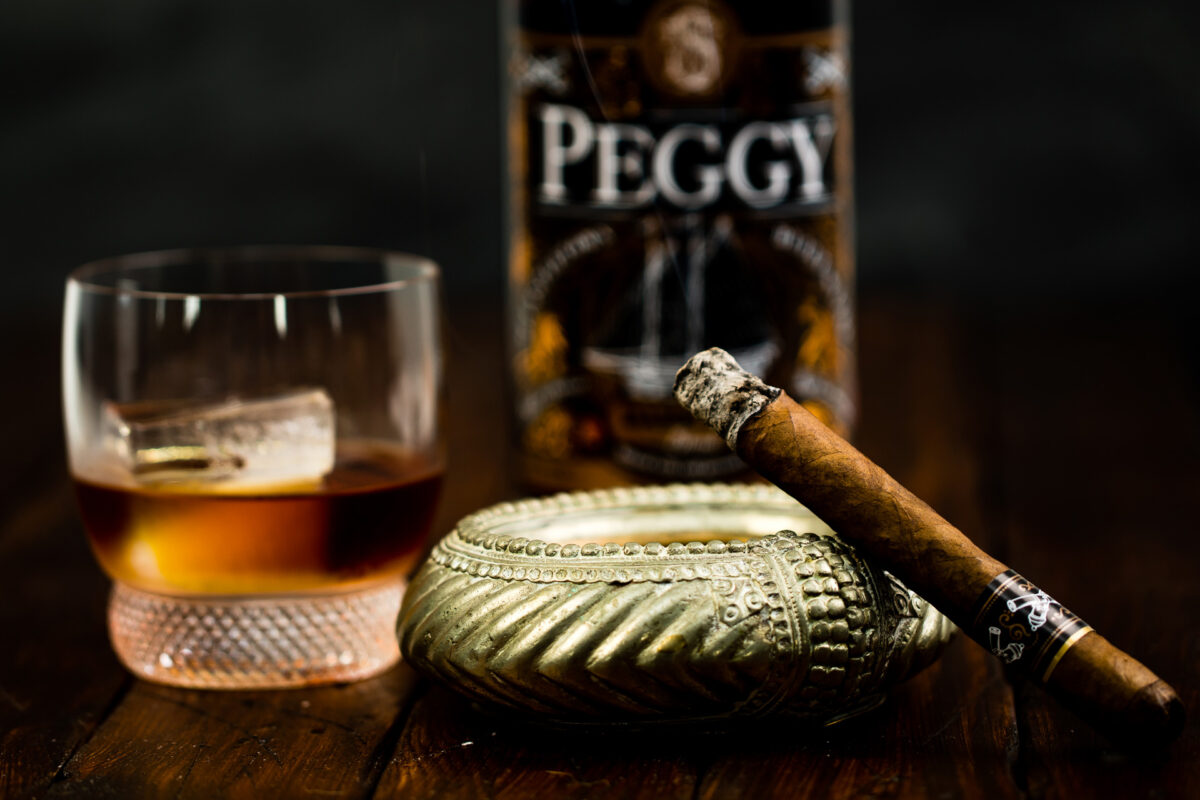

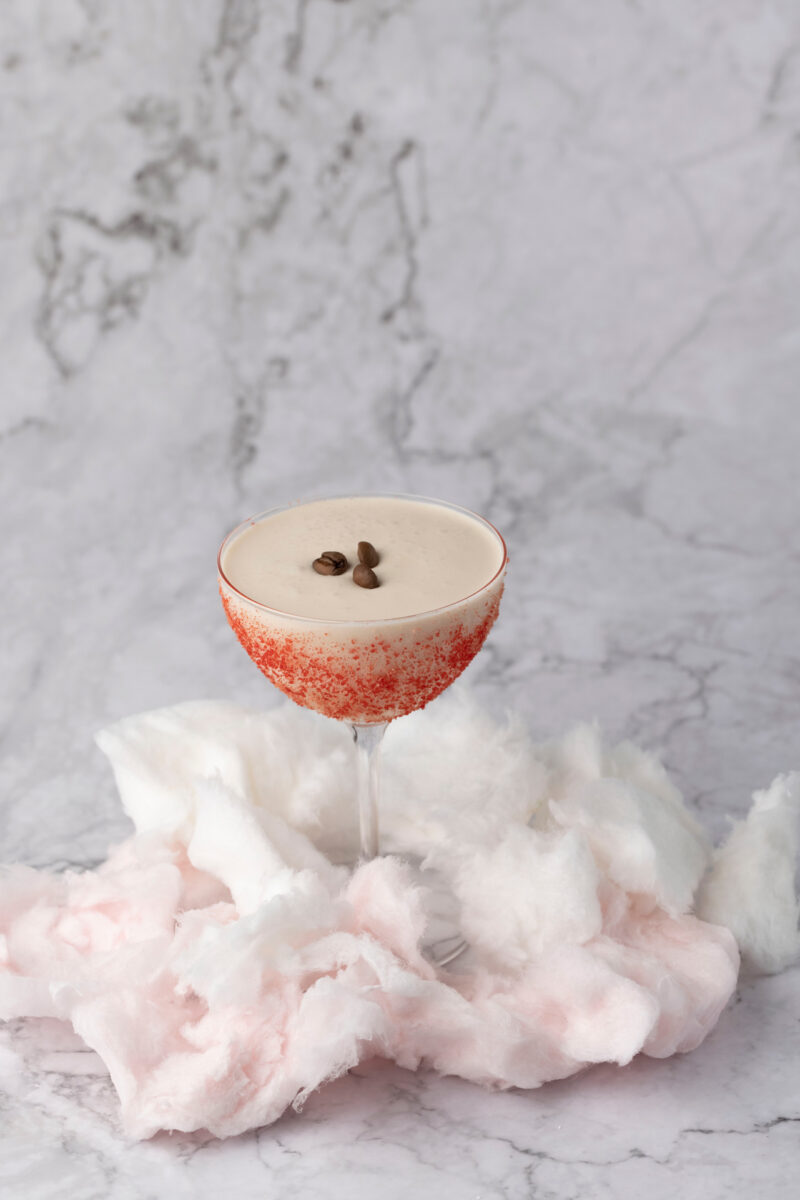
Flavoured Rum: Captivating the Curious and Playful
Flavoured rum, characterized by its infusion of a single flavour such as fruits, spices, or other natural flavours, is capturing the interest of curious and playful consumers. This segment of the market seeks a spirit that introduces exciting and unconventional taste experiences.
Flavoured rums offer a delightful array of choices, from tropical with coconut, kiwi, mango and pineapple to more adventurous flavours such as caramel, coffee and chocolate. Consumers within this profile enjoy exploring this unique infusion of a singular element, experimenting with distinctive cocktails, and embracing the fun and light-hearted spirit of flavoured rum.
Dark Rum: – Embraced by the Connoisseurs and Mature Sippers
Dark rum, typically aged in barrels for extended periods, exudes richness, complexity, and depth, which attracts connoisseurs and discerning sippers.
This segment includes experienced rum enthusiasts and consumers seeking a more sophisticated and refined drinking experience.
The consumer profile for dark rum consists of individuals who enjoy exploring the nuances of spirits, searching for the perfect balance of sweetness with notes of oak. They prefer to consume dark rum neat or with just a hint of ice, allowing the spirit’s character to shine through without dilution – no different to sipping a fine single malt whisky.
In conclusion, the UK rum market has witnessed a significant transformation, driven by various demographic consumer profiles seeking unique experiences in the world of rum.
From the mixologists embracing the versatility of white rum to the adventurous explorers enchanted by the spices of spiced rum, from the creative blending of flavoured rum to the connoisseur’s appreciation of the complexity of dark rum, each segment brings its own flavour to the growing popularity of rum in the UK.
This diversified consumer base is fuelling the sales trend, and as the rum industry continues to innovate and experiment, we can expect even more exciting developments and expanding consumer interest in the years to come.
I’ve been one of white rum’s biggest cheerleaders for a number of years now and it’s happening folks! White rum is now starting to follow what has happened to the premium sipping tequila and vodka brands. Just ask Sammy, George, Dwayne, LeBron, Bruna, Cheech, Dan, Rita or Ryan…..
As the rum industry continues to evolve, there is a new trend emerging in the premium rum and spirit category. Long considered a lower-quality rum, white rum is making a comeback and becoming a popular choice among discerning drinkers.

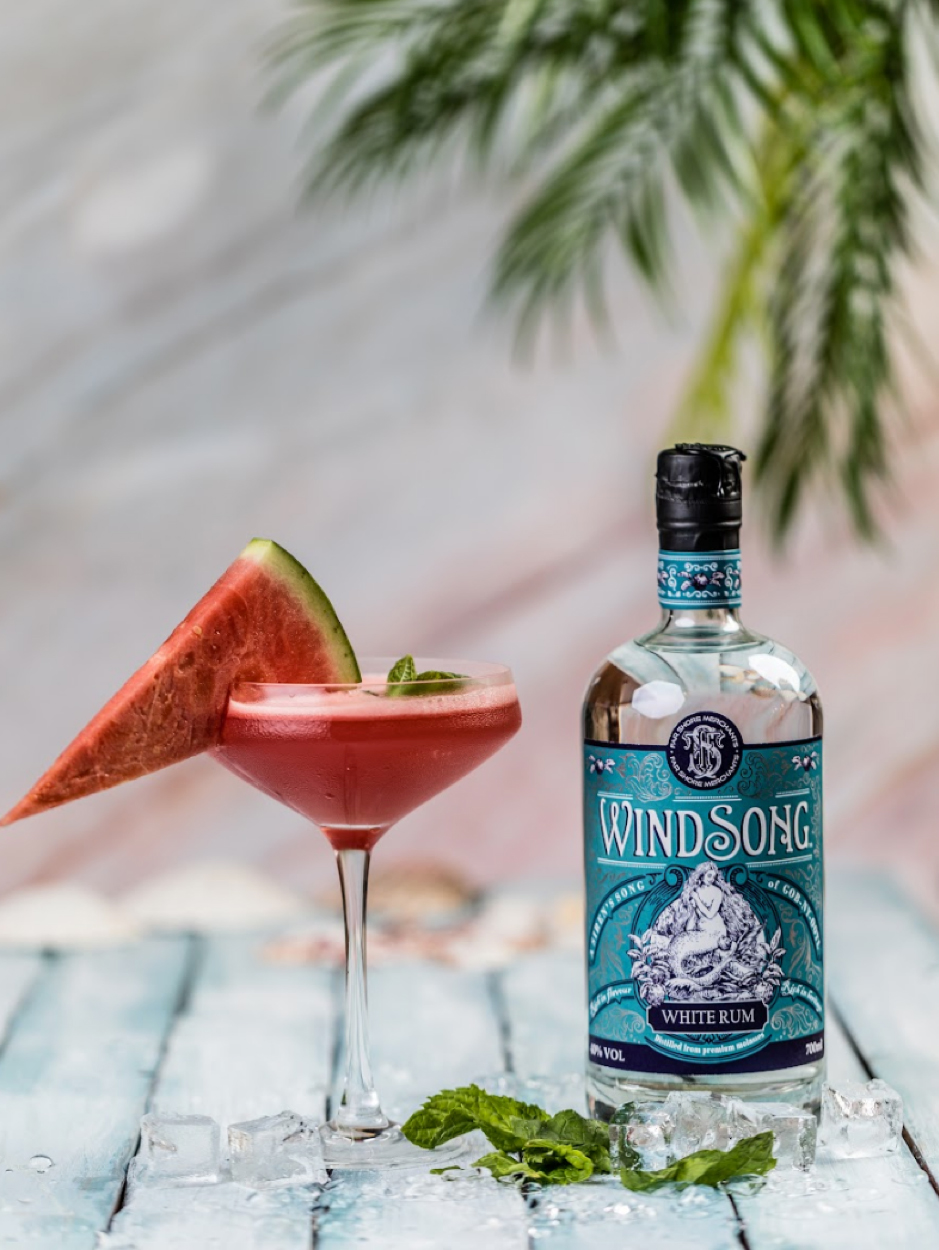
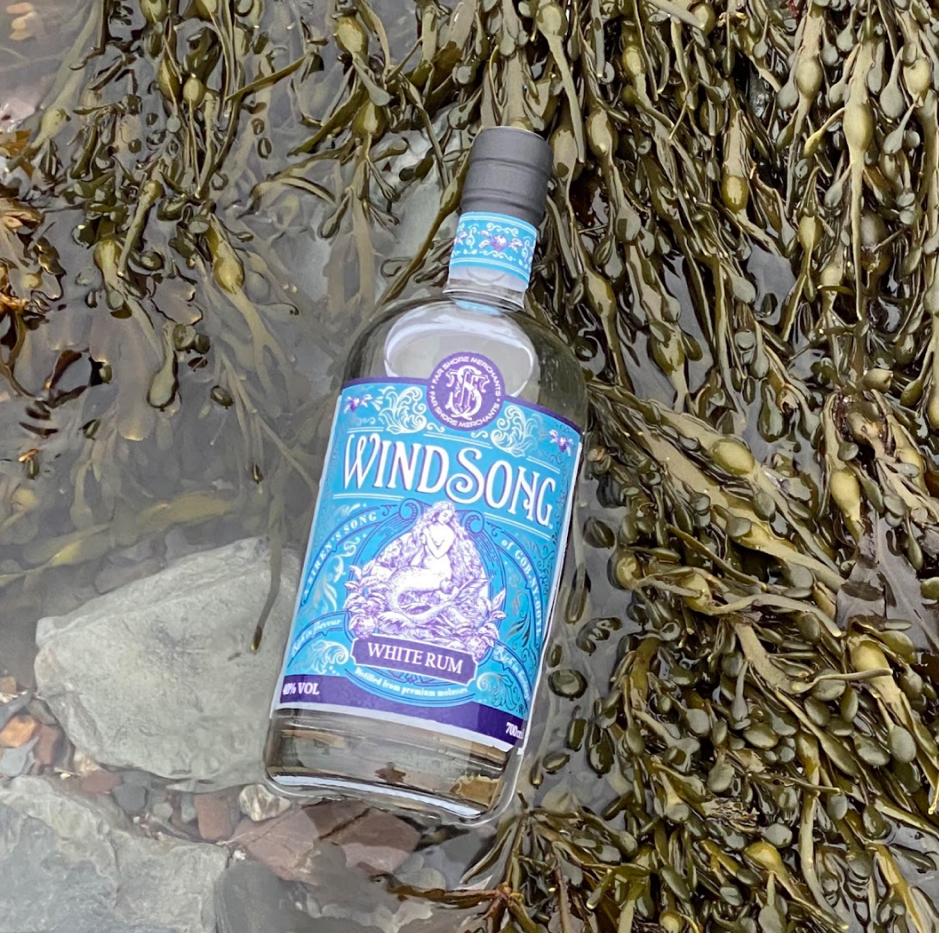
At its core, white rum is a clear, unaged spirit that is distilled from sugarcane. Unlike darker rums, white rum is not aged in barrels, so has a light and crisp taste. Traditionally, white rum has been associated with cheaper, low-quality spirits used primarily for mixing in cocktails. However, today’s premium white rums are changing that perception.
Premium white rums are made using the highest-quality sugarcane, and some even use a unique blend of molasses and sugarcane juice to create a one-of-a-kind flavour profile. These rums are also distilled using artisanal techniques that enhance their smoothness and complexity. By foregoing the aging process, these rums have a unique freshness making them a perfect choice for modern cocktail creations.
The trend towards lighter, fresher cocktails is one of the key reasons for the rise in popularity of white rum. Consumers are looking for drinks that are not overly sweet or heavy, and white rum provides the perfect base for these types of cocktails. Its versatility allows it to be used in a wide range of drinks, from classics like the Mojito and Daiquiri to new creations that showcase its unique flavour profile.
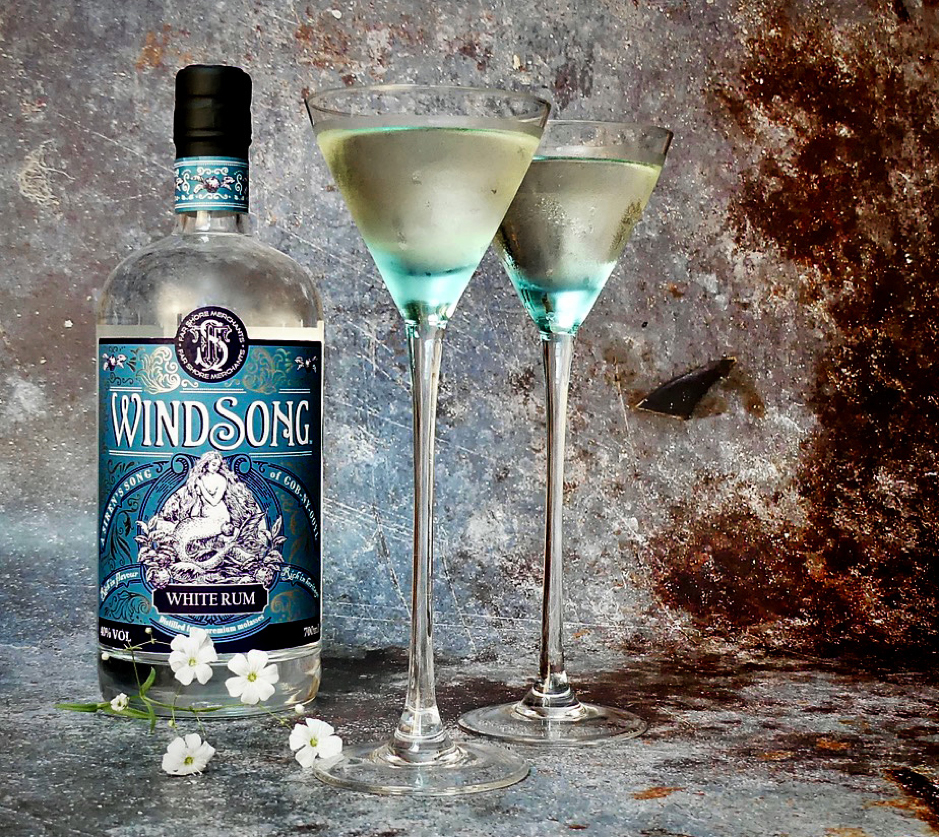
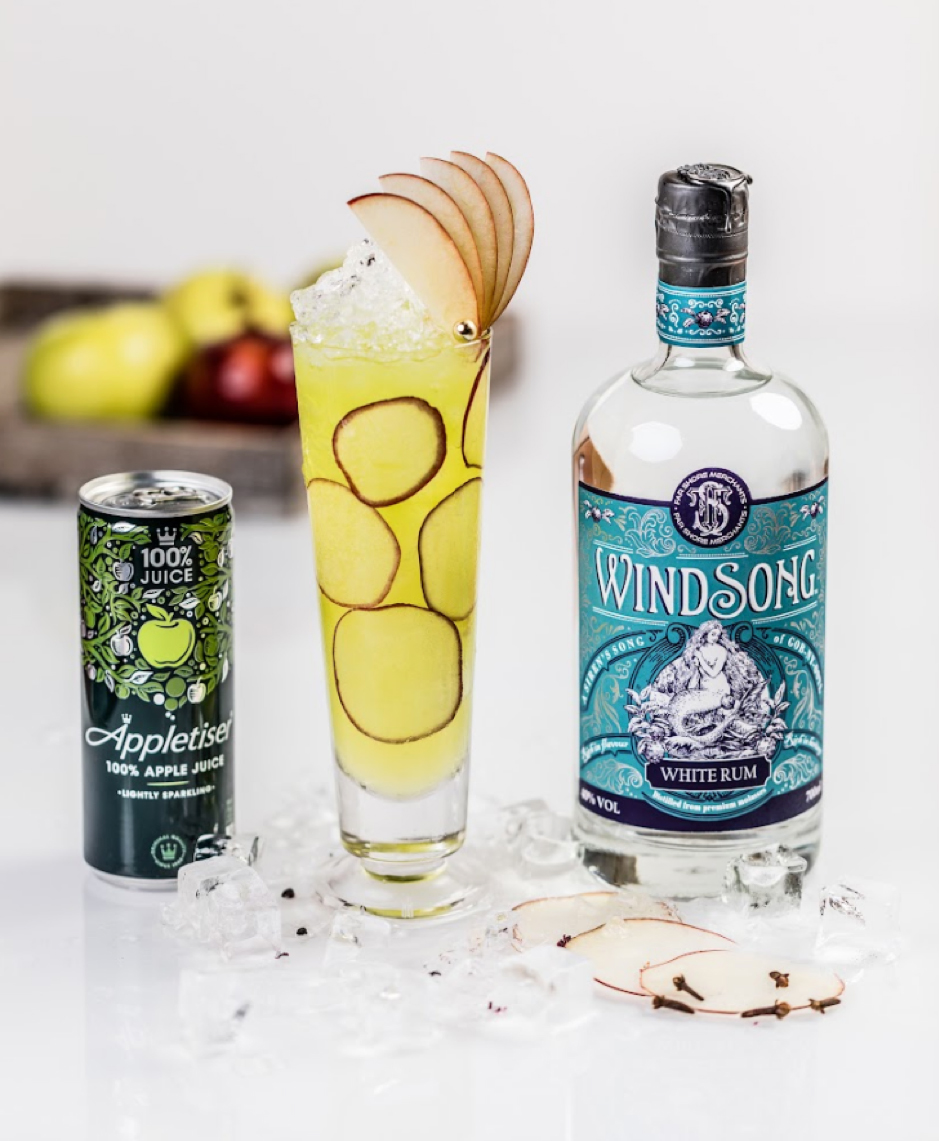
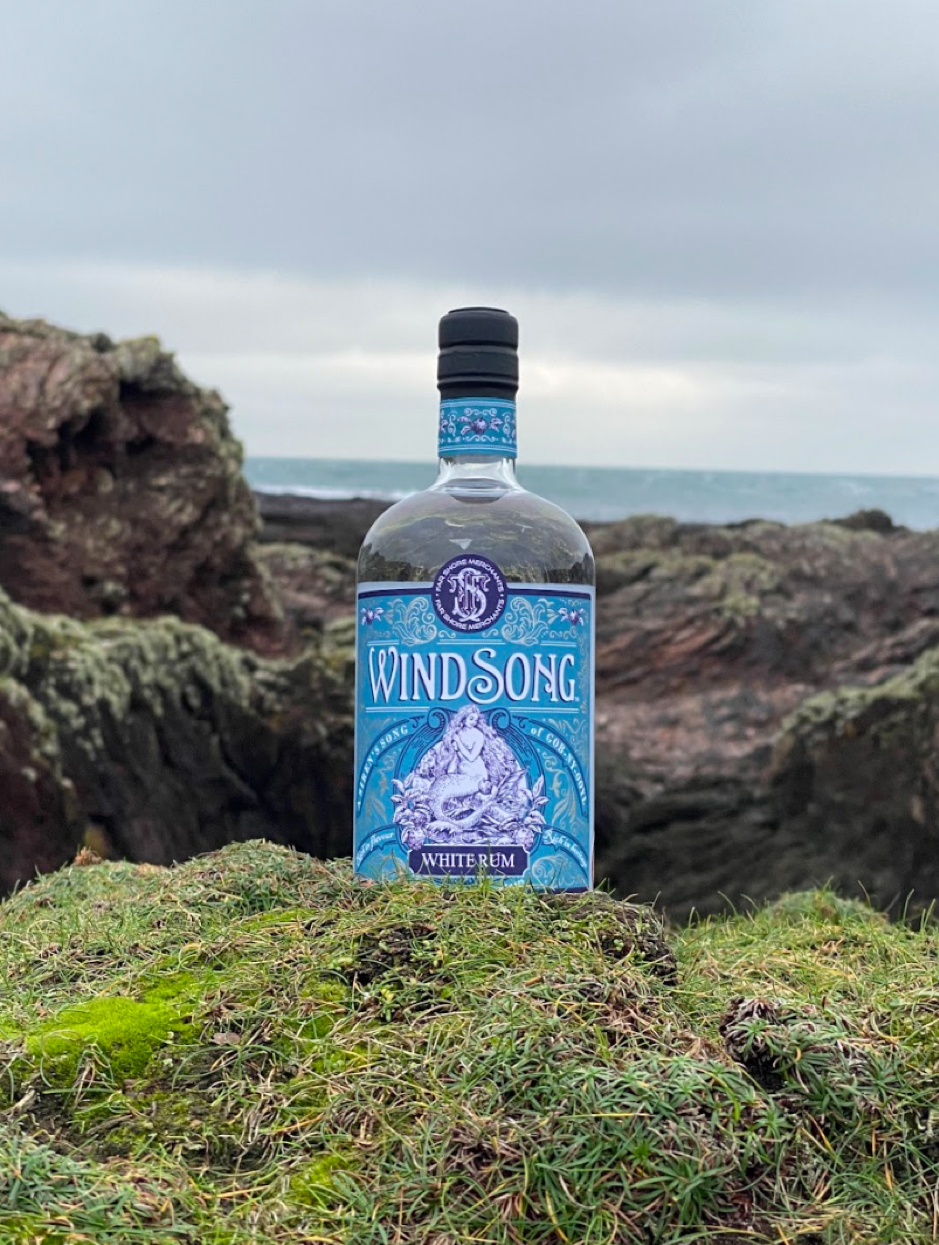
Another factor driving the popularity of white rum is the rise of the craft spirits movement. Consumers are looking for unique and artisanal products that showcase the skill and expertise of the distiller. With premium white rums, distillers have the opportunity to experiment with new techniques and create spirits that are truly one-of-a-kind.
In addition to its use in cocktails, premium white rum can also be enjoyed on its own as a sipping spirit. Its light and fresh taste makes it a perfect choice for those who prefer a lighter and more refreshing option than traditional aged rums.
As the rum industry continues to evolve, it is clear that white rum is no longer just a lower-quality mixer but is becoming a popular choice for discerning drinkers. Whether you are a cocktail enthusiast or a spirits connoisseur, white rum is a drink that should not be overlooked.
One of the more significant trends in the rum category is the spectacular rise of spiced and flavoured rums. While these two rums may seem similar, they are actually quite different.
The main difference between spiced rum and flavoured rum is the type of flavours used in each. Spiced rum, unsurprisingly, uses spices like cinnamon, orange, cinnamon, ginger and nutmeg to enhance the underlying flavours of the base rum. Flavoured rum uses natural flavours like fruit, coffee and chocolate to create a distinct taste profile.
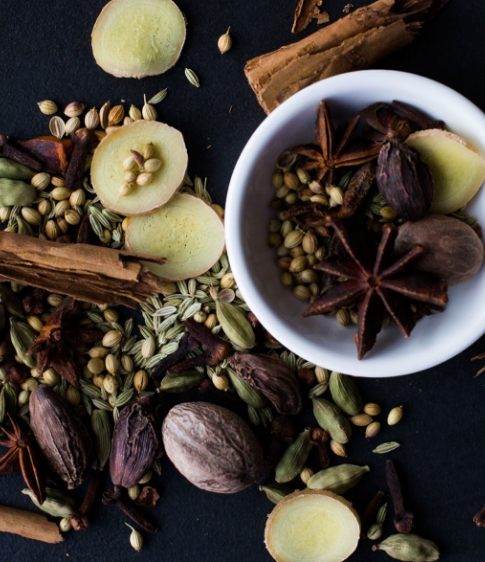


Spiced rum tends to have a more complex taste profile than flavoured rum as the use of spices is intended to complement the underlying flavours of the rum and create a depth that may not be present in flavoured rum.
In flavoured rum, the taste profile ranges from a refined infusion of a single delicate authentic natural ingredient – like cold pressed coffee that will enhance the rum and not alter its intrinsic qualities too much – through stronger flavours like pineapple or coconut, to highly sugary rum jam-packed with artificial flavours and colours.
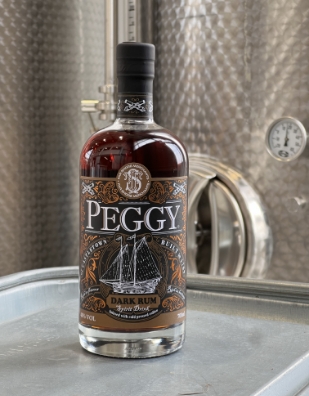
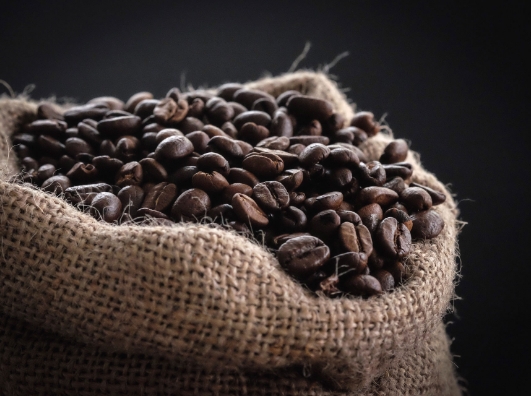
It is clear that not all spiced and flavoured rums are created equal: quality and taste can vary greatly depending on the brand and the ingredients used. It’s always a good idea to try different brands and flavours to find the one that suits your taste best.
This may also vary depending on whether you’re looking to enjoy something straight, on the rocks, or in cocktails. The good news is that there is bound to be a spiced or flavoured rum out there that will be perfect for you – it’s just a case of trying them!
I’ve been tracking trends in rum for the past eight years and the significant and steady growth trajectory we are seeing now in the UK towards artisan products was predictable from some very early rumblings. The gin craze, in particular, established a very strong foundation for the craft spirit industry in the UK, with consumers increasingly turning to locally produced, high-quality products over mass-produced brands.
While artisanal gin and whiskey have led the way to date, proper artisan rum is here to stay as a major player in this category. Rum has always been a popular spirit from the traditional regions, but in recent years, a new wave of small-batch, craft British distillers has emerged, producing high-quality, unique rums that are winning over consumers and bartenders alike.
The artisan rum movement is all about small-batch, craft distillation, with a focus on quality and uniqueness. The small batches allow for greater control over the distillation process and ensure a more consistent and high-quality product. Additionally, artisan rum producers tend to use high-quality ingredients, which can give the rum a unique flavour profile that sets it apart from other mainstream rums on the market. In the end, it is all about taste.
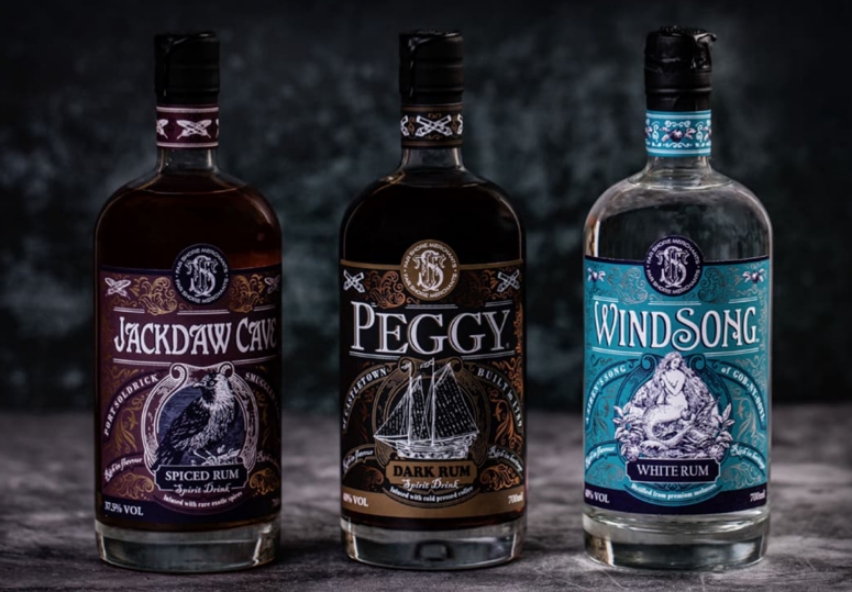
As the artisan rum movement continues to gain momentum, it’s clear that it’s certainly not a passing fad – it’s here to stay. Consumers are increasingly interested in high-quality, unique spirits that reflect the local culture and heritage of the region they come from, and artisan rum fits the bill perfectly.
In addition to the consumer demand, bartenders and mixologists are also embracing artisan rum, using it in high-end cocktails and promoting it as a premium spirit. This trend is only set to continue, with more and more bars and restaurants featuring artisan rums on their menus.

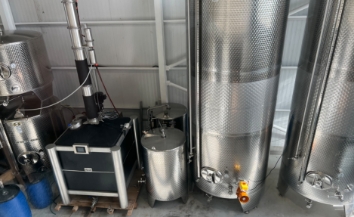
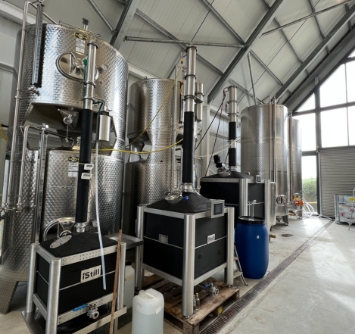
One issue facing the rum industry is the lack of transparency in the production process of traditional rum territories. While some brands provide information about their ingredients and production methods, many others do not. This can make it difficult for consumers to make informed purchasing decisions, which could ultimately impact the industry’s reputation. It also provides a real opportunity for British (made from scratch) rum to step up and be a serious player in this spirit category. (Although I’m certainly not suggesting the one is better than the other – it’s more about offering a different taste profile and provenance to the consumer.)
Make no mistake, the rise of artisan rum is a trend that’s shaking up the distilling industry and winning over consumers and bartenders alike. The focus on quality, uniqueness, and local sourcing sets artisan rum apart from mass-produced rums and offers a new and exciting option for spirits lovers.
Whether you’re a rum aficionado or a curious consumer, artisan British made rum is only going one way and that’s UP.


In the world of cocktails, there is always a new trend emerging and, currently, it’s the espresso martini using premium craft rum that has taken the top cocktail bars by storm.
This rich and bold cocktail is the perfect balance of sweetness and bitterness, with a bold coffee flavour that blends perfectly with the smooth and complex taste of rum.
Before we dive into the trend of using rum in espresso martinis, let’s take a moment to explore the history of this classic cocktail. The espresso martini was first created in the late 1980s by London bartender Dick Bradsell. Legend has it that a famous model asked Bradsell to create a drink that would “wake me up and then “mess me up.” And thus, the espresso martini was born.
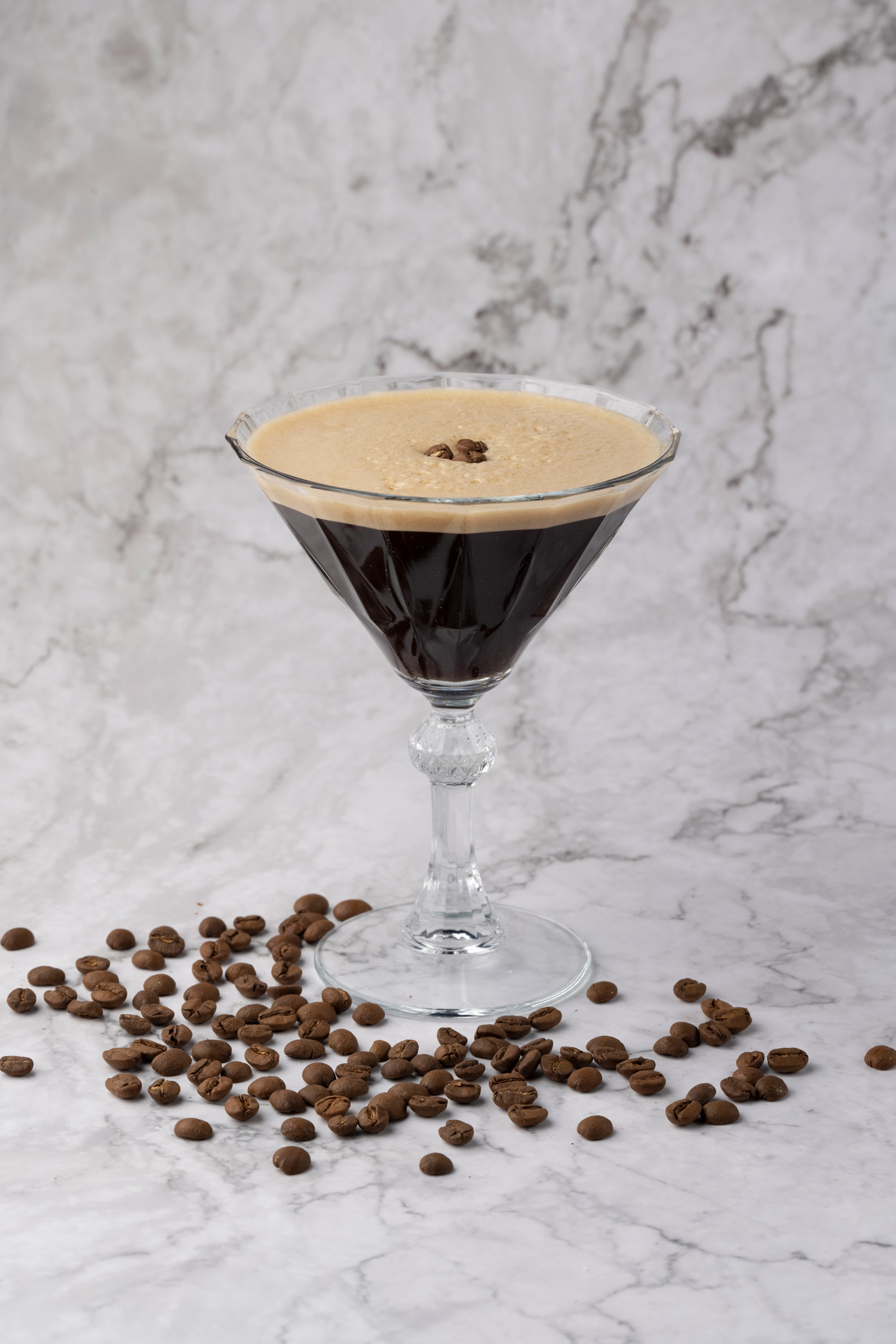
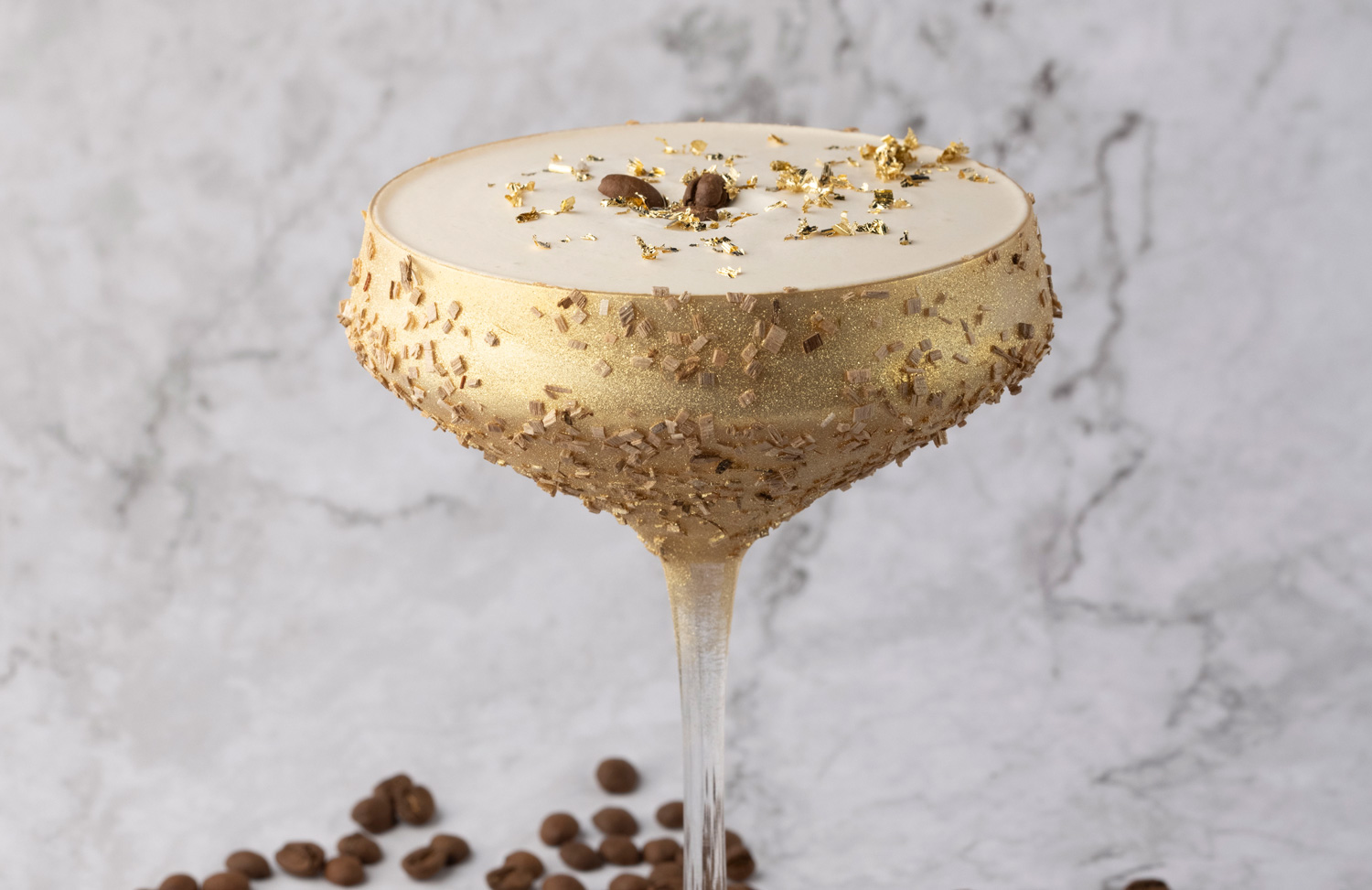
The classic espresso martini recipe is made with vodka, fresh espresso, coffee liqueur, and a touch of sugar syrup. The cocktail has remained popular over the years and is now a staple on menus around the world.
While vodka has traditionally been the spirit of choice for espresso martinis, bartenders are now experimenting with different spirits to create unique and exciting variations of this classic cocktail. One of the spirits that has risen in popularity is rum.
Rum brings a rich and complex flavour profile to the cocktail, with notes of vanilla, caramel, and spices that blend perfectly with the bitterness of the espresso. Rum also adds a subtle sweetness to the mix, making it the perfect balance of bitter and sweet.
One of the most popular variations of the espresso martini using rum is the “Rumpresso Martini,” or “Espresso Rumtini” which is made with rum, espresso, coffee liqueur, and a touch of vanilla syrup. This variation has become a hit in cocktail bars around the world, with bartenders putting their own spin on the recipe by adding different types of rum or experimenting with different flavour syrups.
There are several reasons why espresso martinis using rum are trending in top cocktail bars around the world. Firstly, rum is an incredibly versatile spirit that can be used in a variety of cocktails, making it a popular choice among bartenders. Secondly, the complex and rich flavour of rum adds a new dimension to the classic espresso martini, making it a more interesting and flavourful drink. Finally, the popularity of coffee-based cocktails has been on the rise in recent years, and the espresso martini is at the forefront of this trend.
My own choice for the perfect “Espresso Rumtini” is Peggy Dark Rum, our premium craft rum which is already infused with a small amount cold pressed coffee brewed with Nicaraguan coffee beans. In addition to the lingering coffee notes the taste profile will also reveal dark chocolate and molasses infused with oak, rich caramel, and a hint of liquorice and marzipan on the finish. If you’re a cocktail lover, be sure to give it a go!
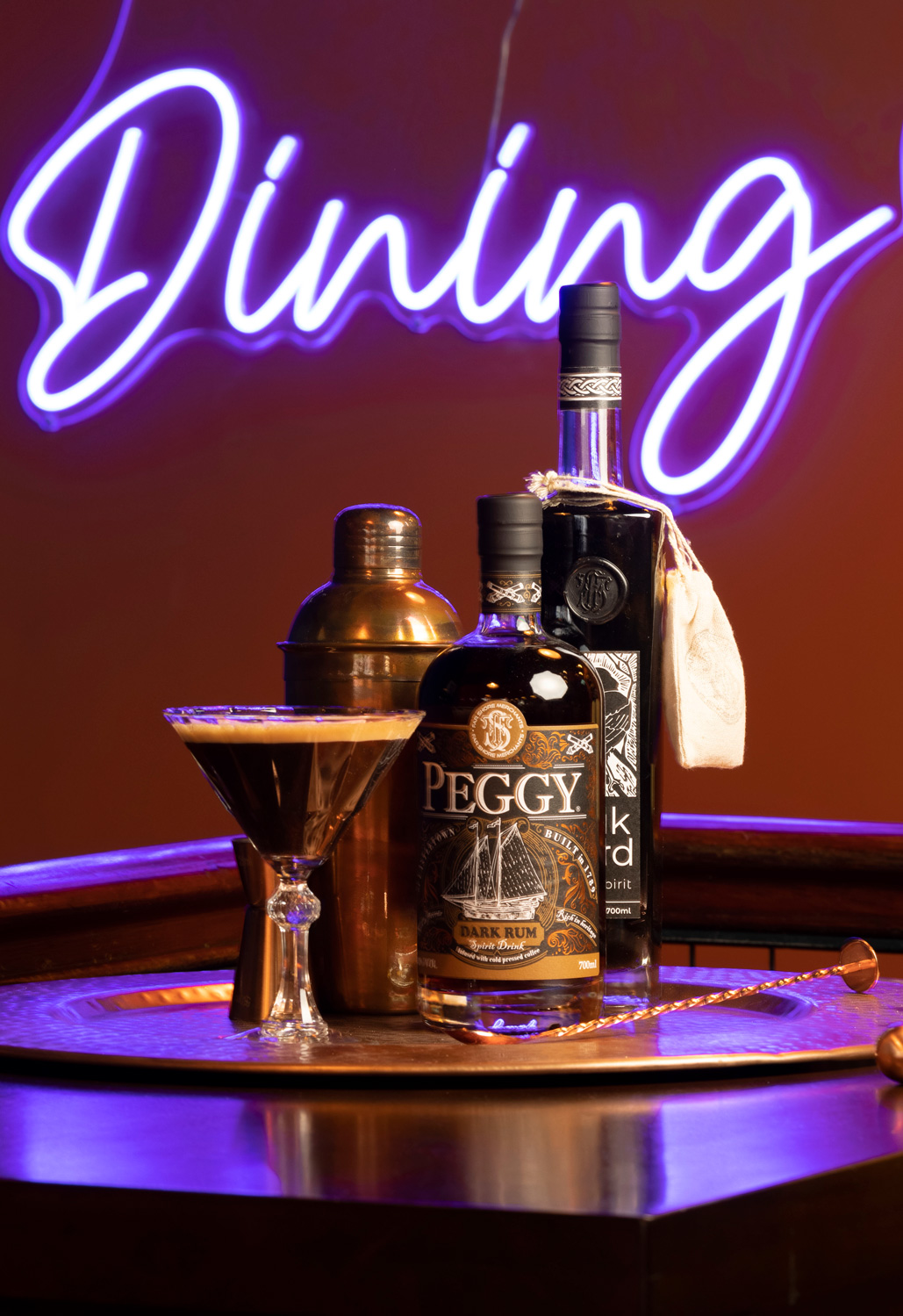
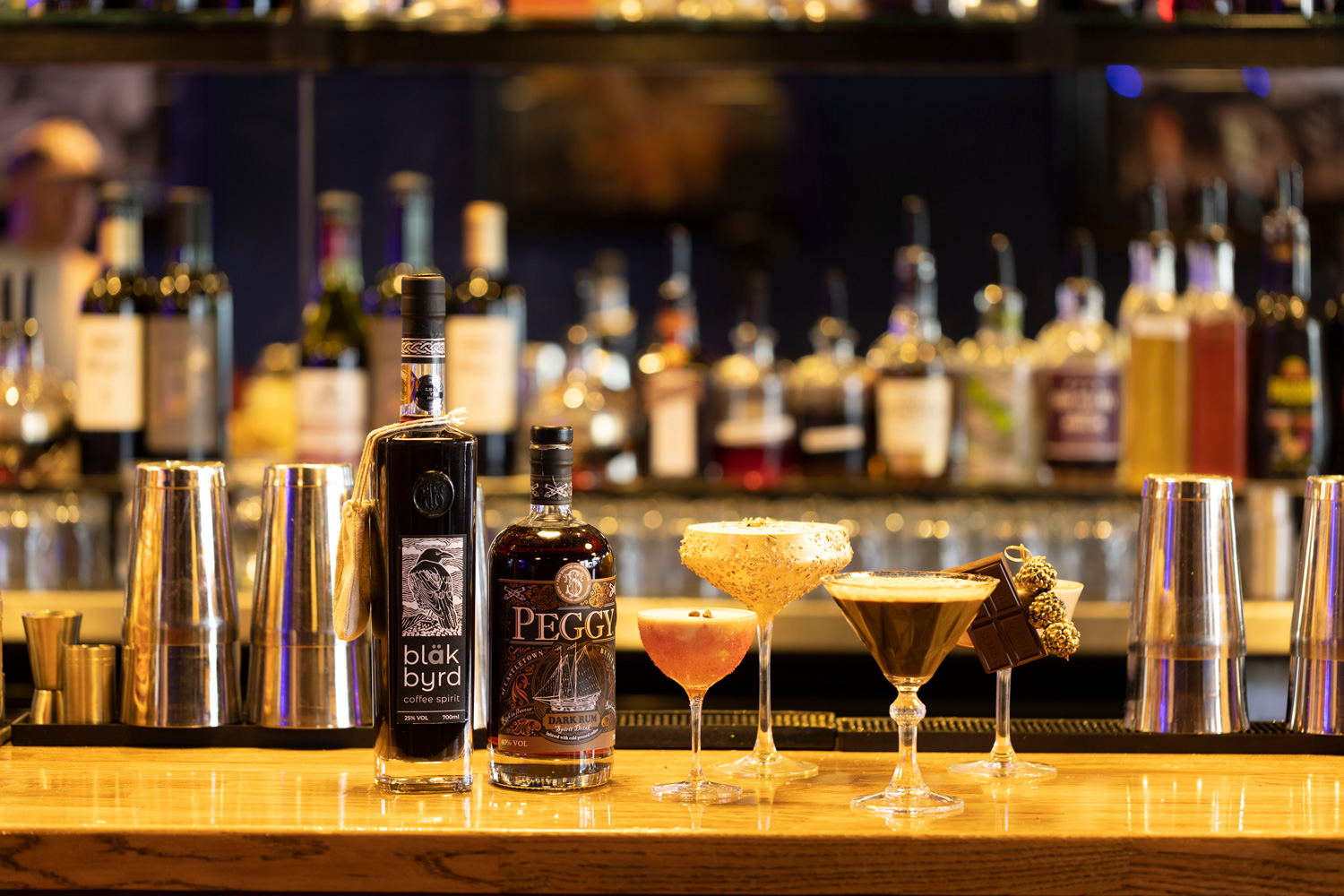
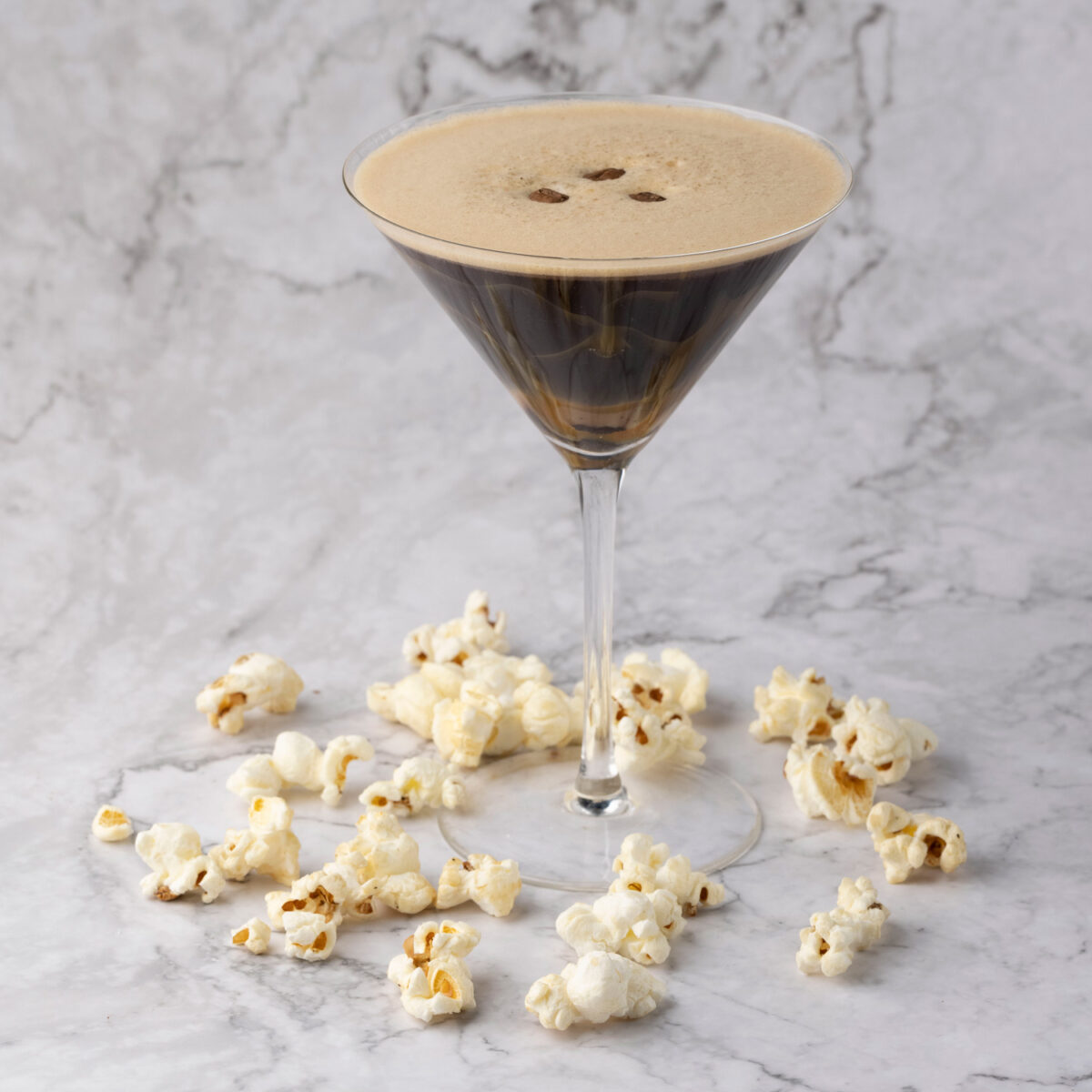
Classic Peggy Espresso Rumtini cocktail recipe.
- First step – place martini glass in deepfreeze.
- Add ice to a cocktail shaker and pour in:
- 50ml – Peggy Dark Rum
- 25ml Blåk Byrd coffee liqueur (or any other coffee liqueur brand)
- 75ml – freshly made expresso coffee
- 10ml of sugar syrup – (for those with a sweet tooth)
- One small pinch of salt
- Shake vigorously for 30 seconds and pour into chilled martini glass and garnish with three coffee beans. Enjoy.
We are passionate about the rum industry at Far Shore Merchants – and that includes all types of rum.
In recent years, we’ve noticed spiced rum emerge as a prominent player in the market: data from CGA by NielsenIQ valued the global spiced rum market at $6.69 billion in 2019 and other reports put spiced and flavoured rums at 60% of the overall rum category in 2022. So, it’s a trend that doesn’t look like slowing down.

Common spices used in spiced rum include cinnamon, nutmeg, vanilla, and clove, among others. The infusion process can either use natural ingredients or artificial flavourings, depending on the desired taste.
As a drink, it has gained popularity in recent years due to its versatility in creating a wide range of taste profiles. Spiced rum can be enjoyed straight, on the rocks, or as a mixer in cocktails.
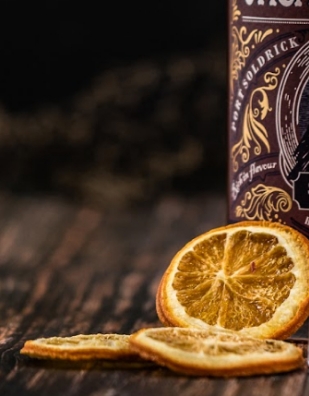
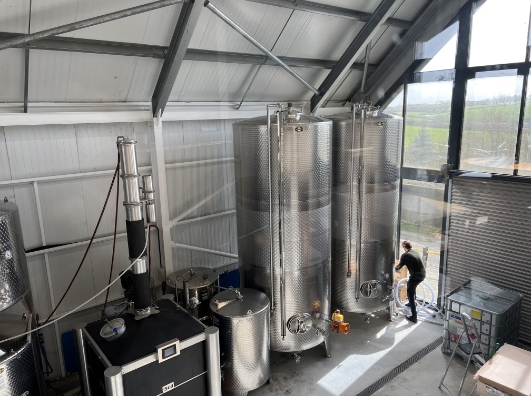
The rise of craft distilleries and the trend towards artisanal and small-batch products has also contributed to its growing presence on the bar shelves and in drinks outlets.
It’s a category where the taste profiles lean towards a sweeter palate profile and slightly lower ABV (37.5% on average). At Far Shore Merchants, we use our white rum in our Jackdaw Spiced Rum where initially the ABV is brought down to 60%, the point when we add our spices. Our blend of spices creates notes of coffee, orange, ginger, cinnamon, nutmeg, cassia and vanilla. We leave it to macerate for a few weeks, so the alcohol has time to extract all the flavours. We then sweeten it slightly with raw cane sugar before Cornish spring water is slowly added to drop the ABV to 37.5%. We preferred a drier taste profile, so it is definitely not as sweet as most spiced rums.

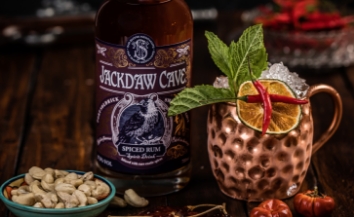

The popularity of spiced rum has led to an increase in demand for rum overall, with many consumers discovering it for the first time through spiced rum. A key driver is the on-consumption trade with barmen and mixologists creating exceptional premium cocktails which will naturally lure consumers to appreciate rum more.
This trend has also led to innovation in the rum category, with many brands experimenting with unique flavour combinations and production methods. This has resulted in a diverse range of spiced rum products, each with its own unique character and taste profile.
It’s also led to increased competition in the rum category, with established brands and new players alike vying for a share of the market. This competition has led to higher quality products and more innovation, benefitting consumers and driving growth in the industry.
We are excited to be a part of this exciting and dynamic industry and look forward to following the continued rise of spiced rum.